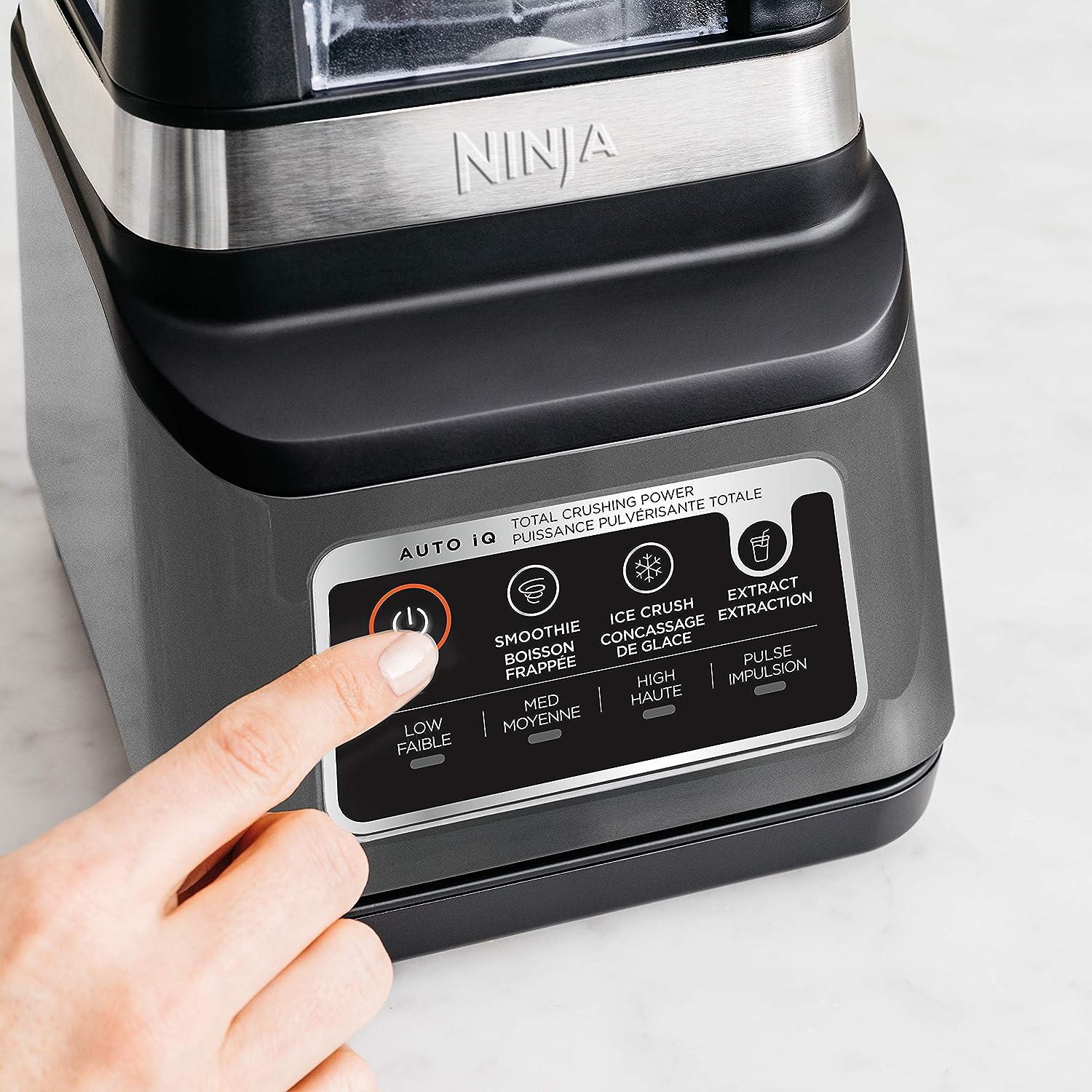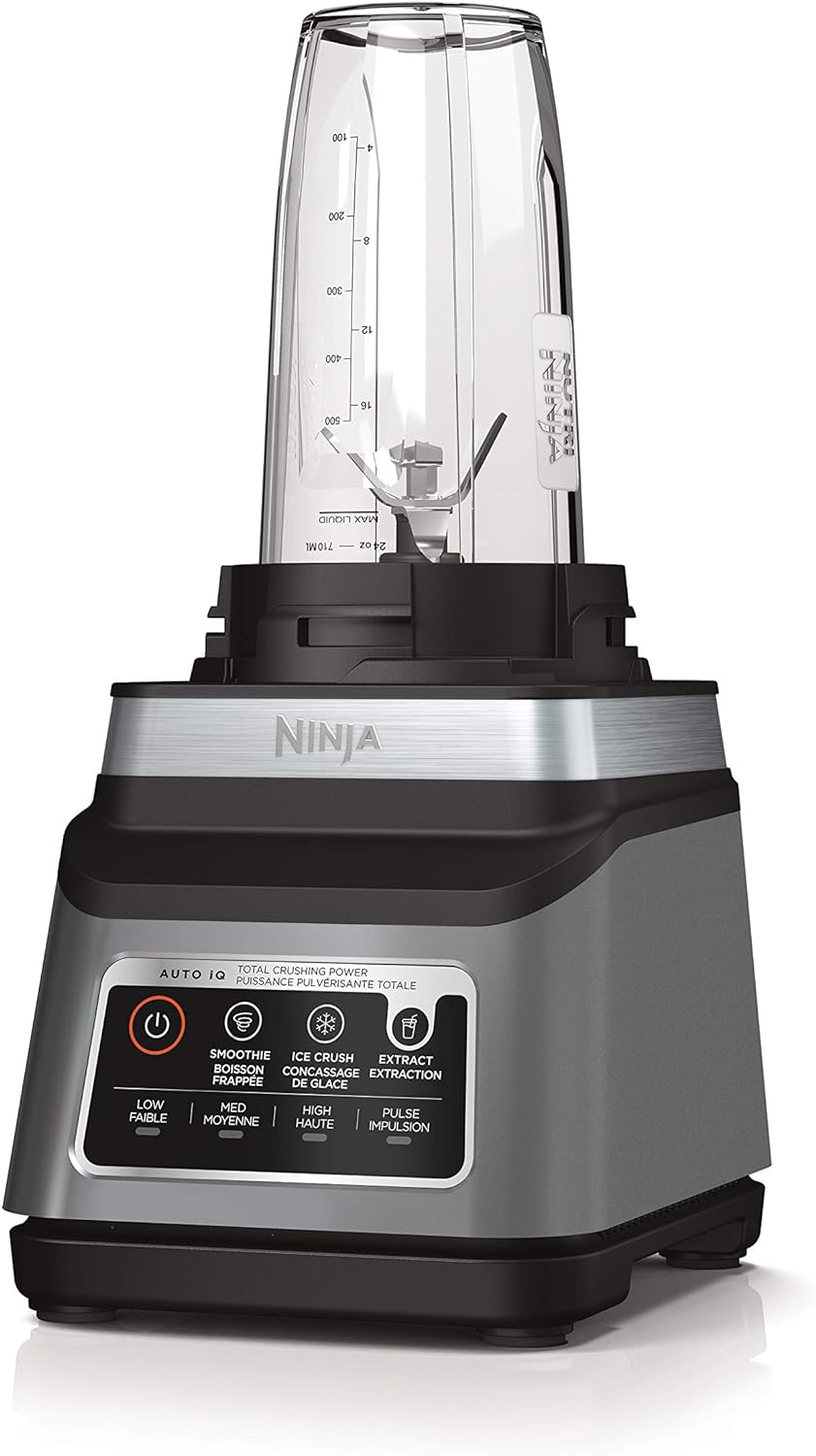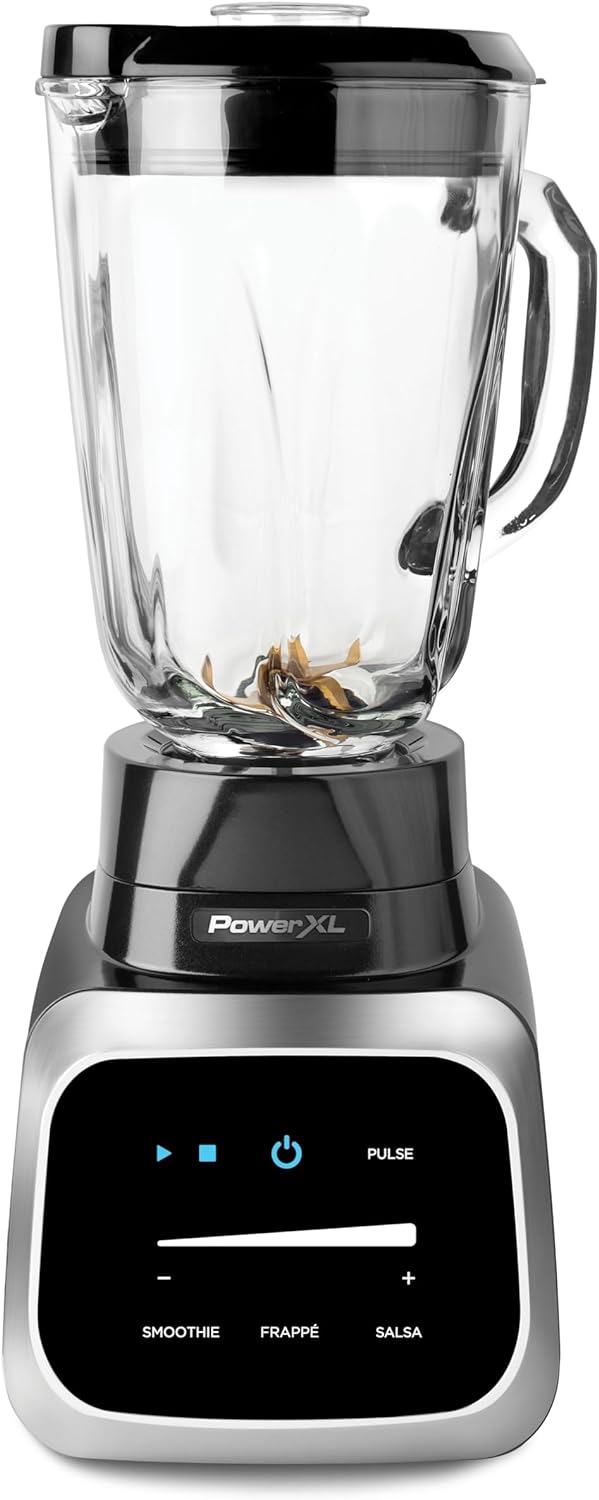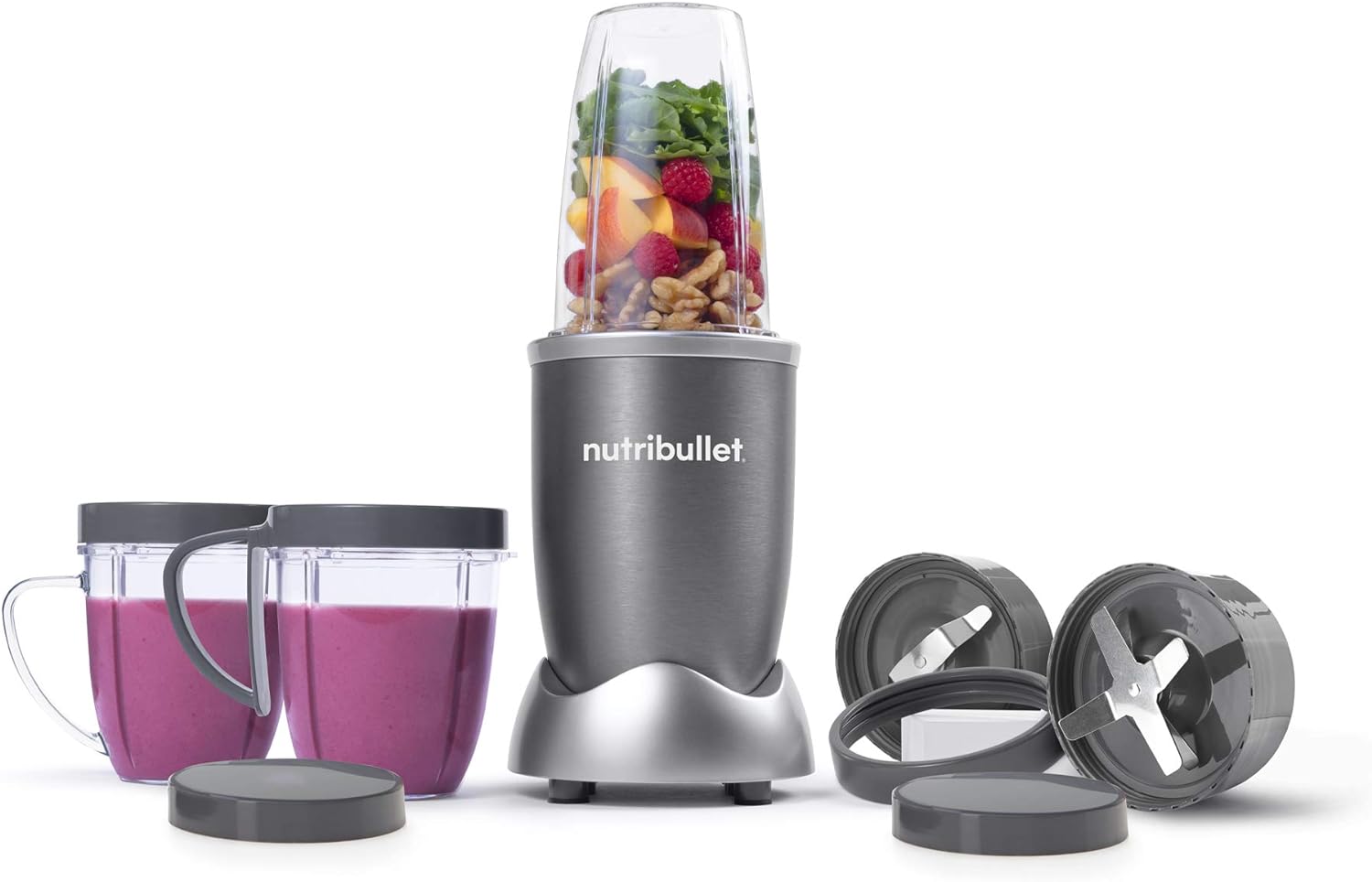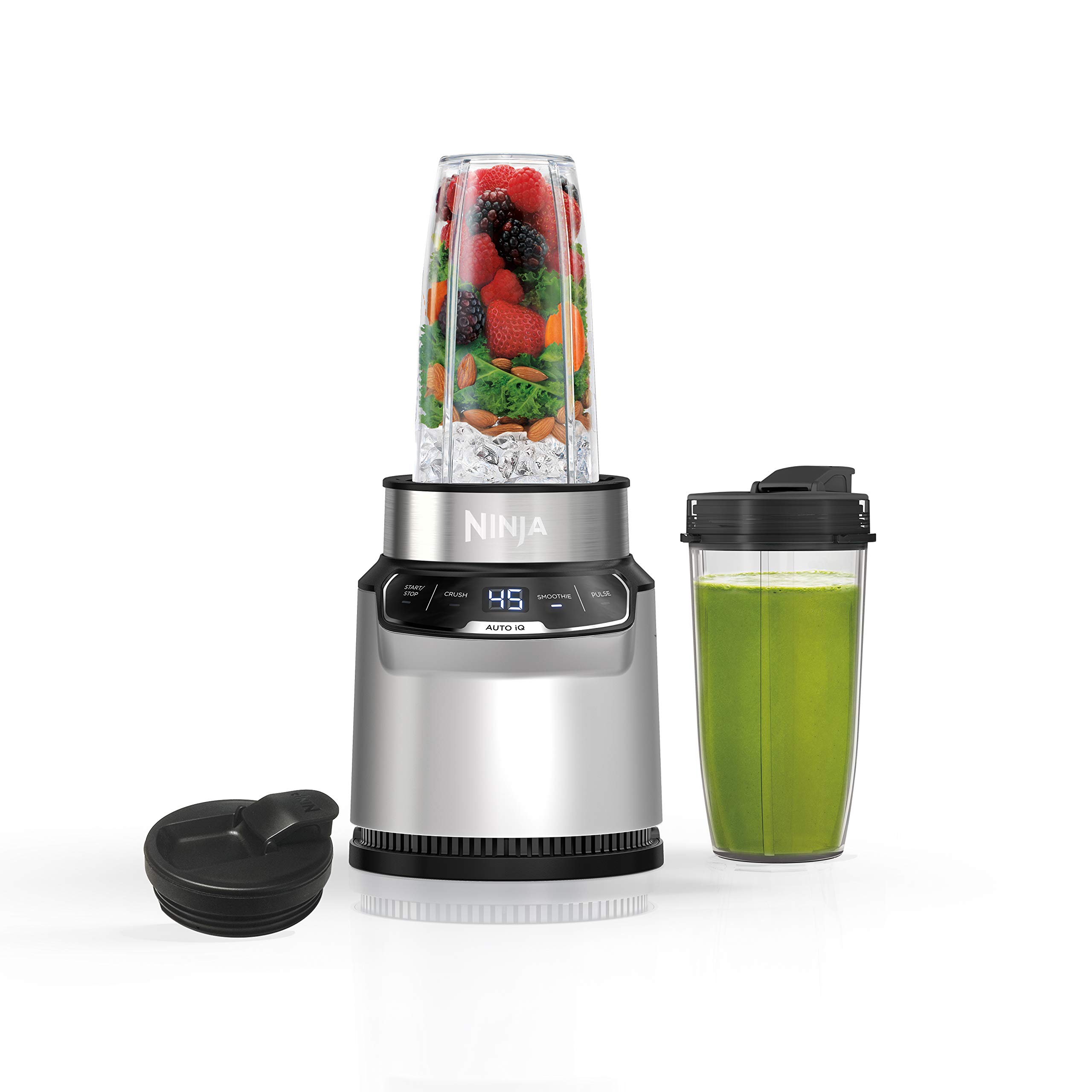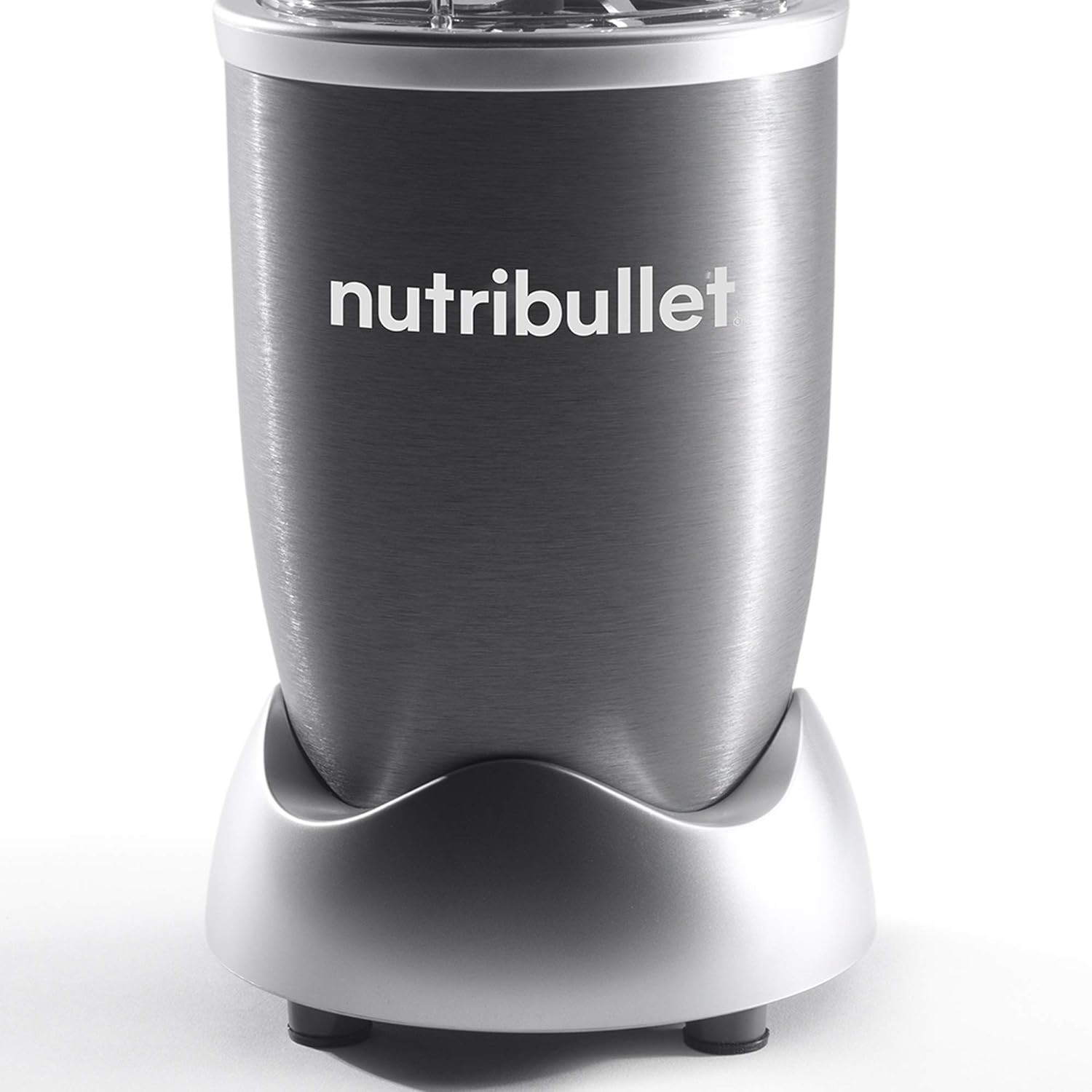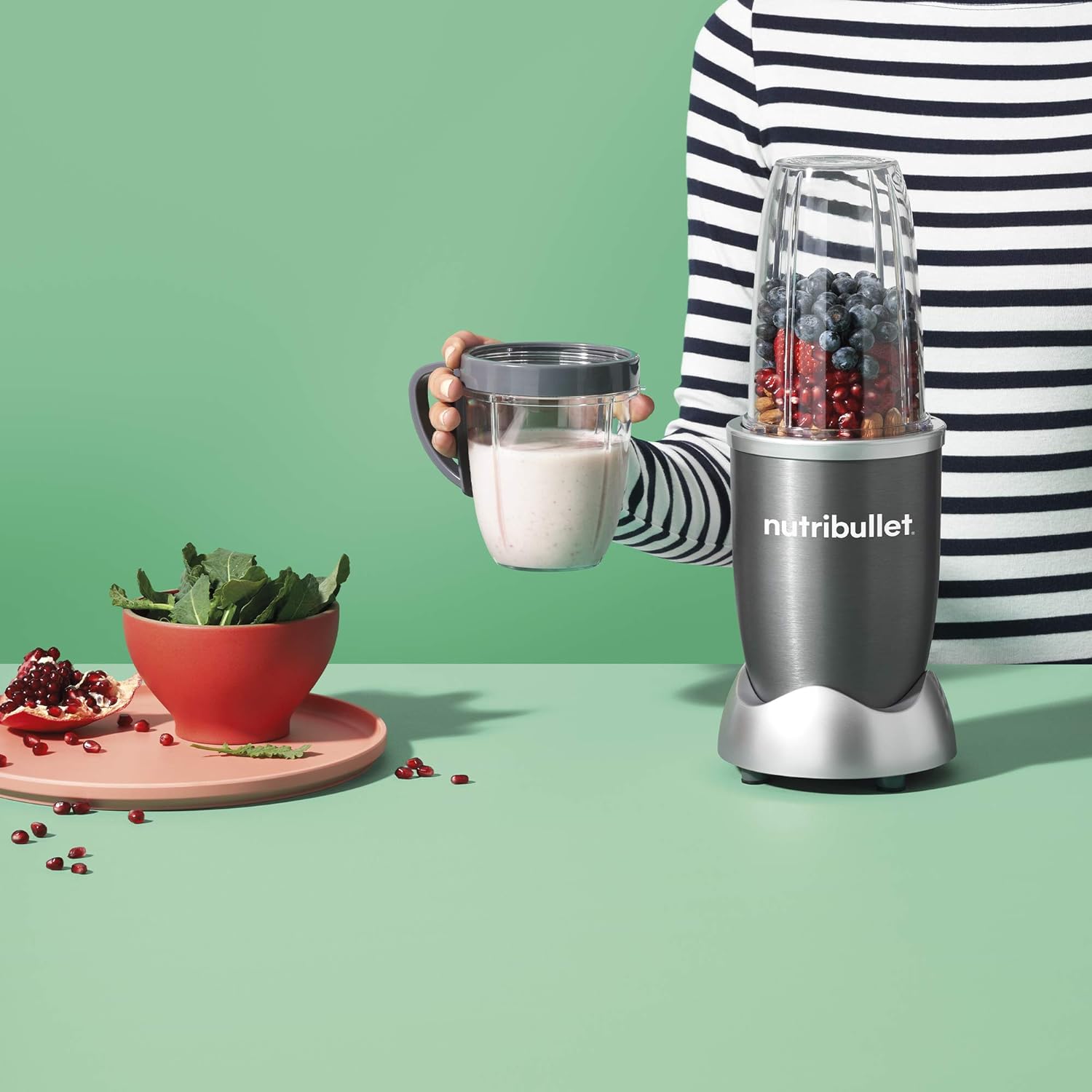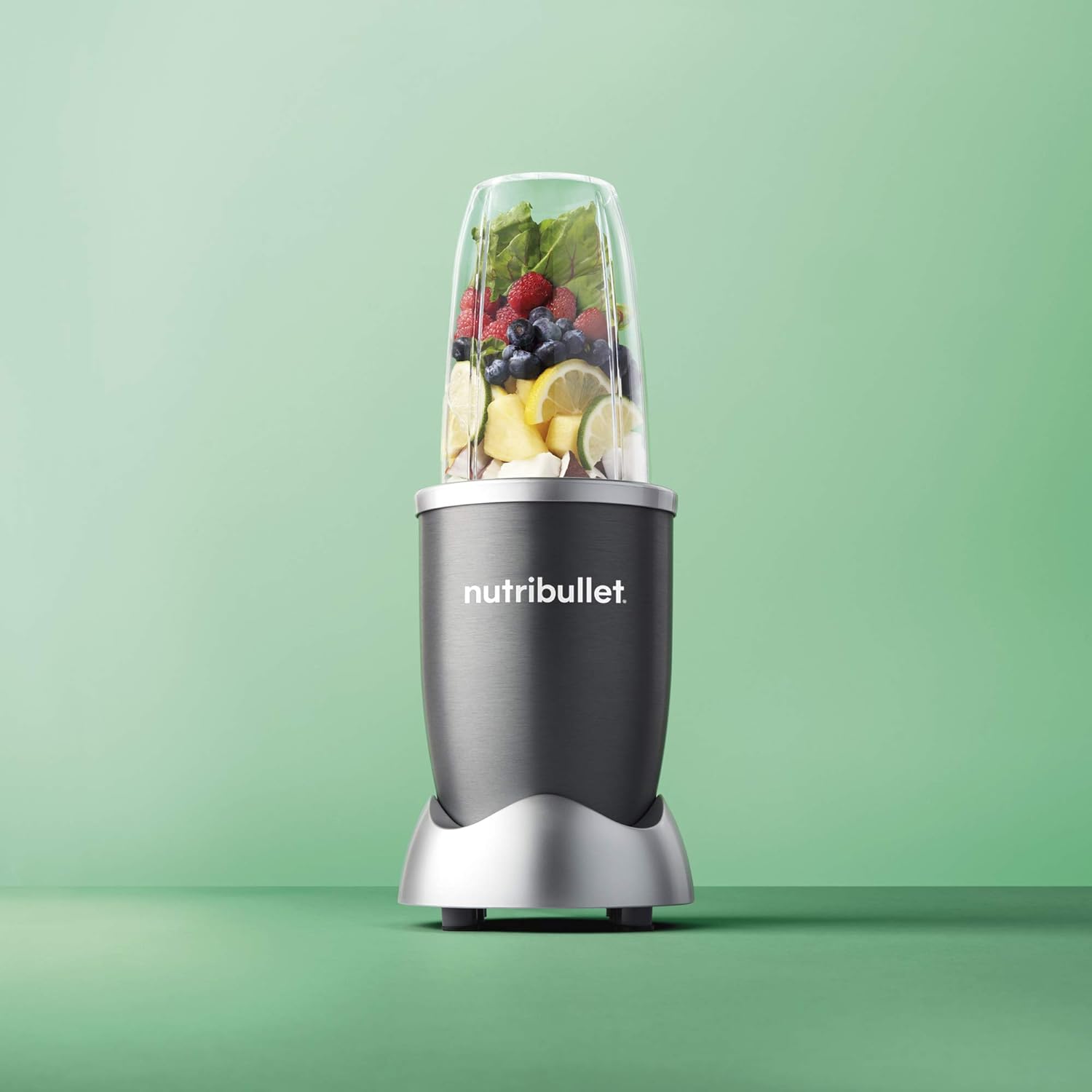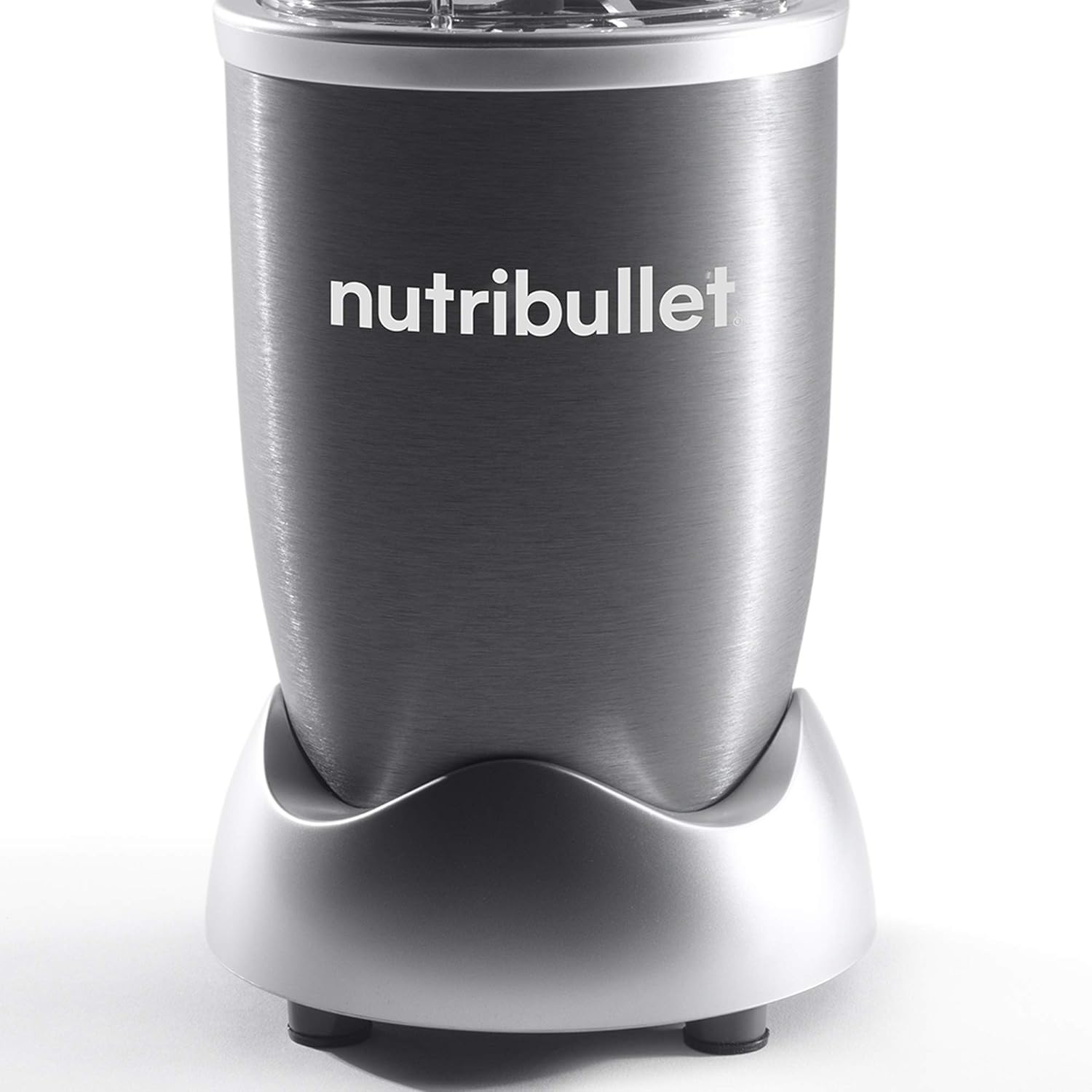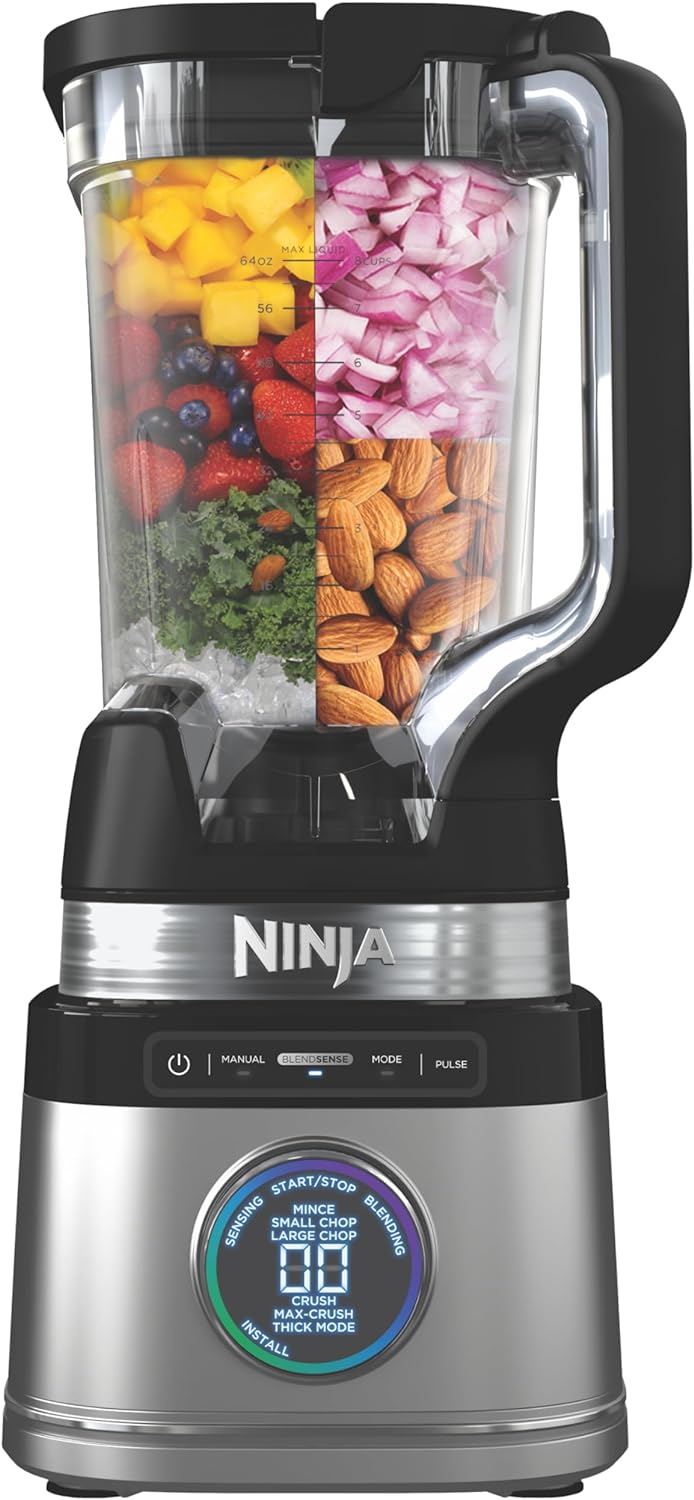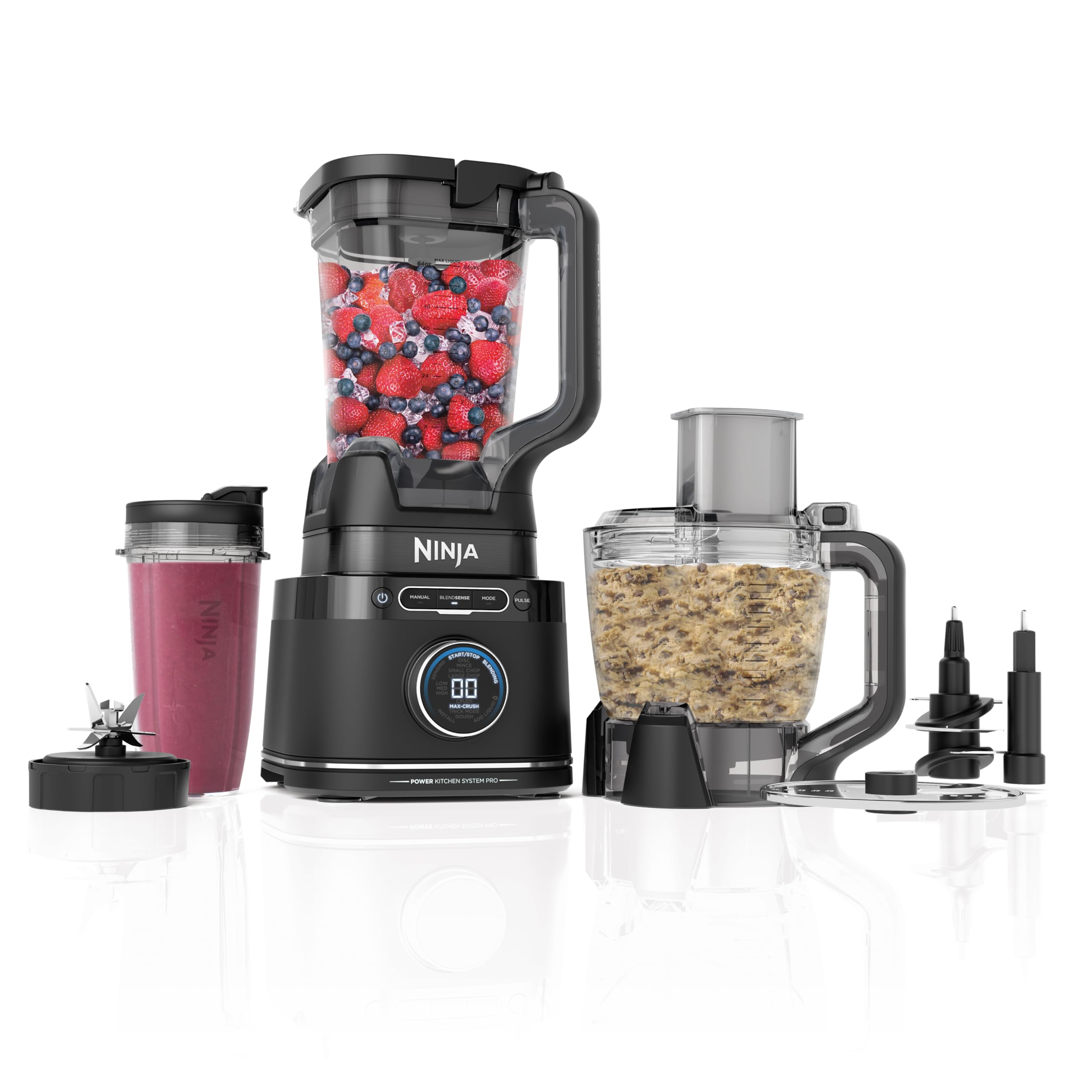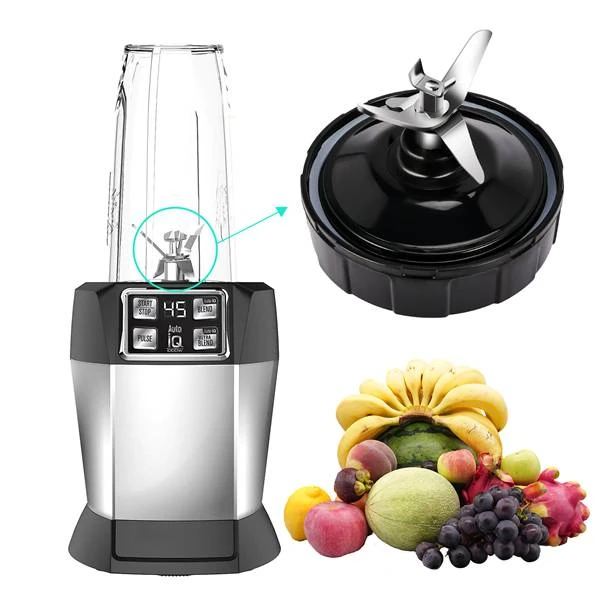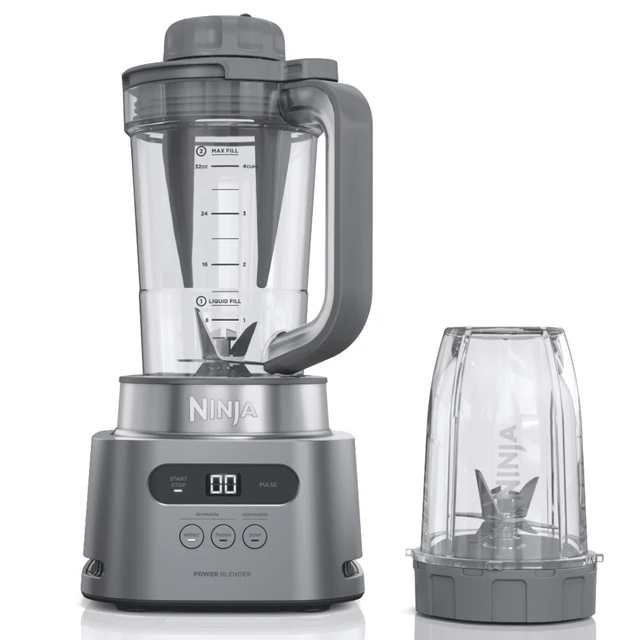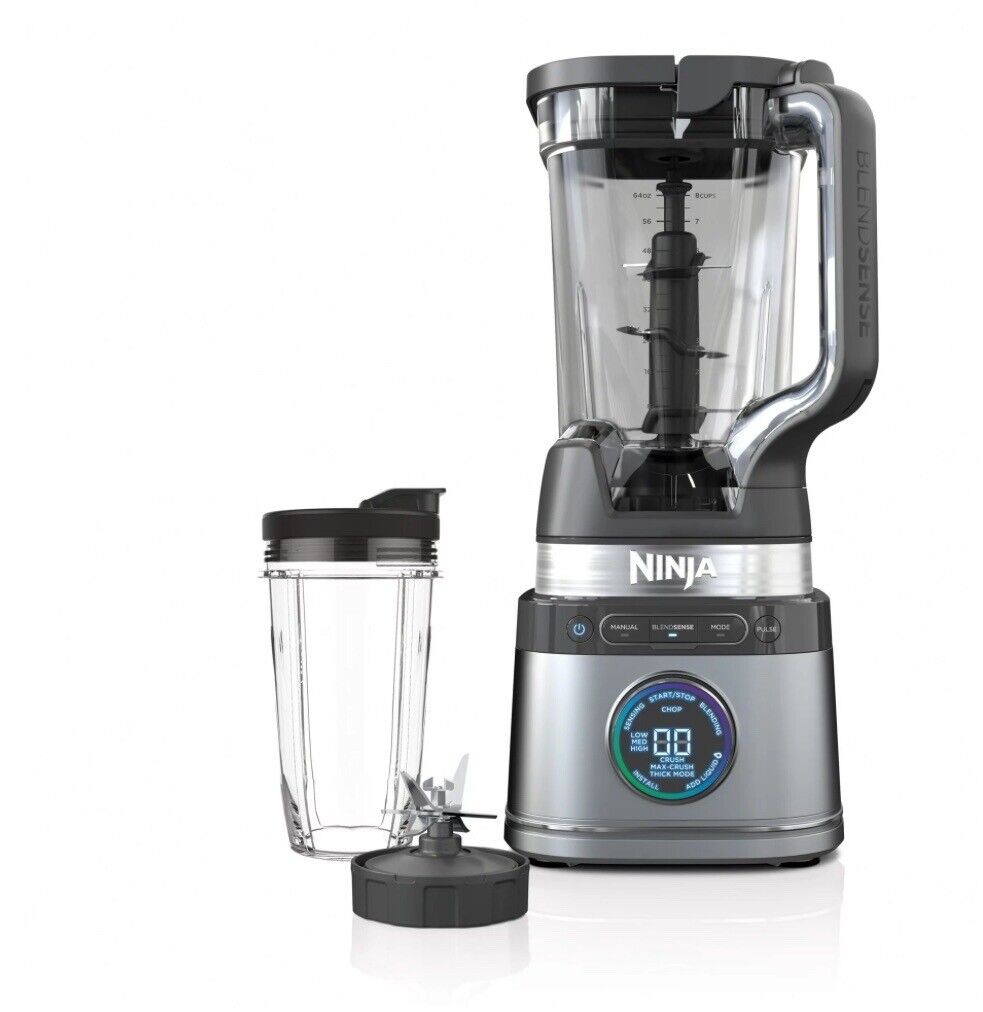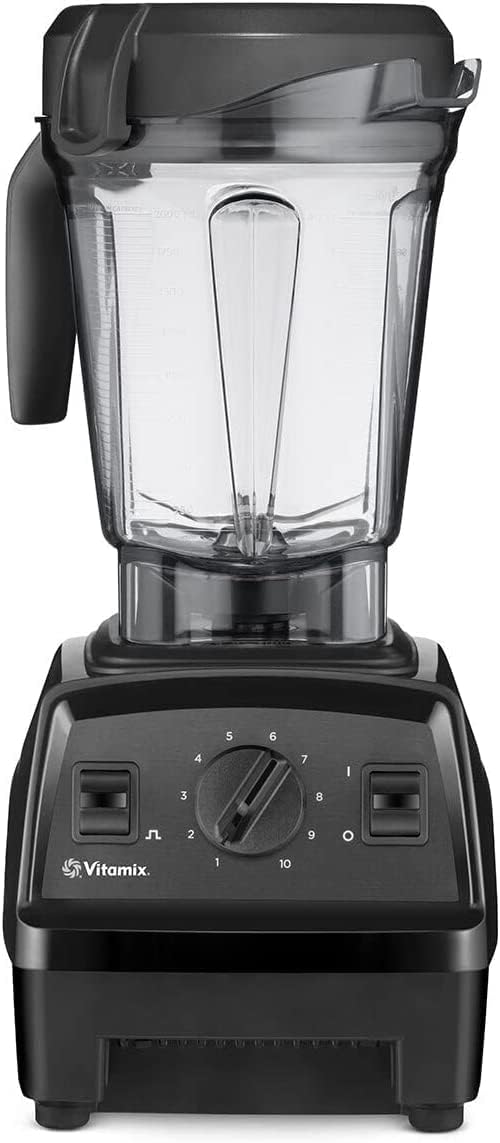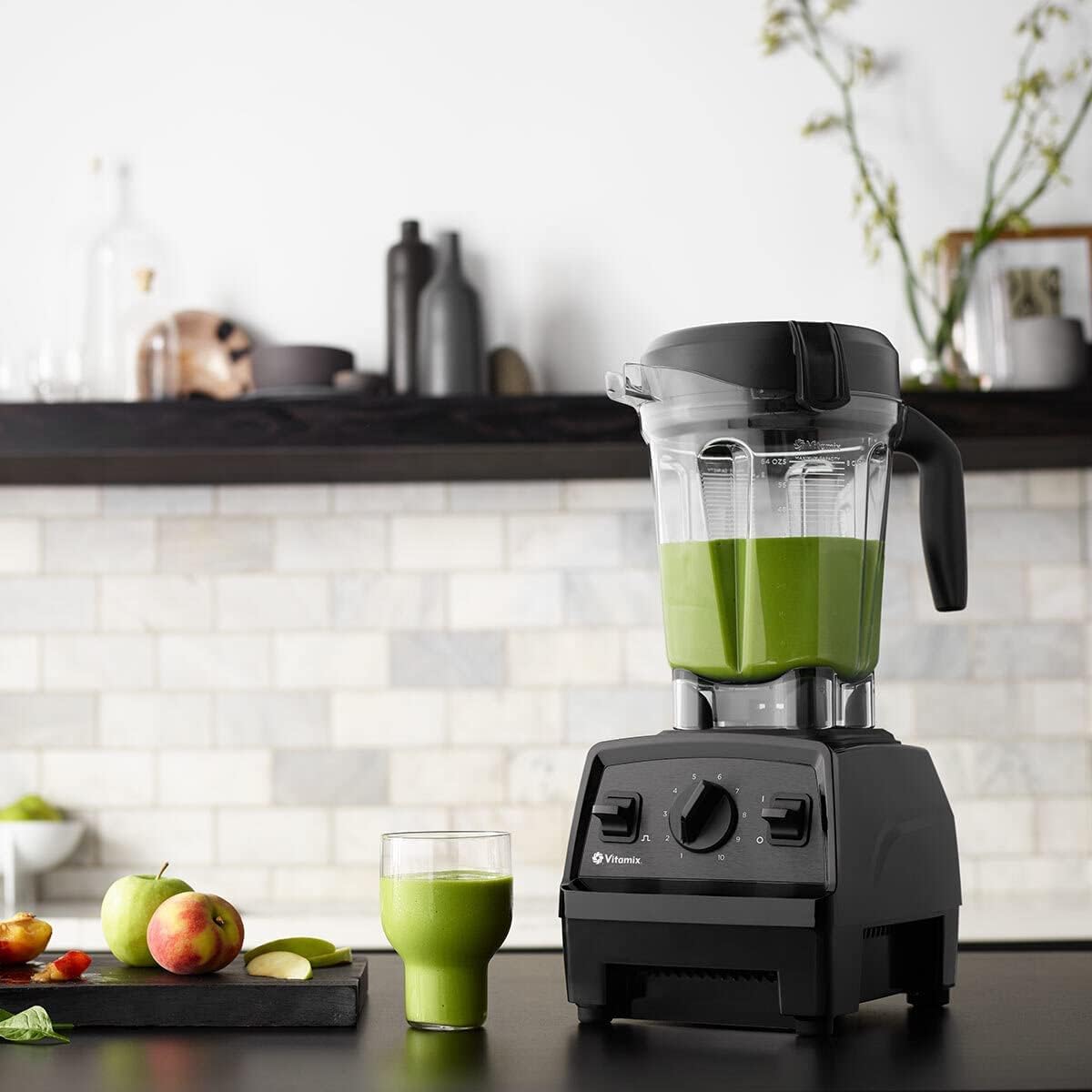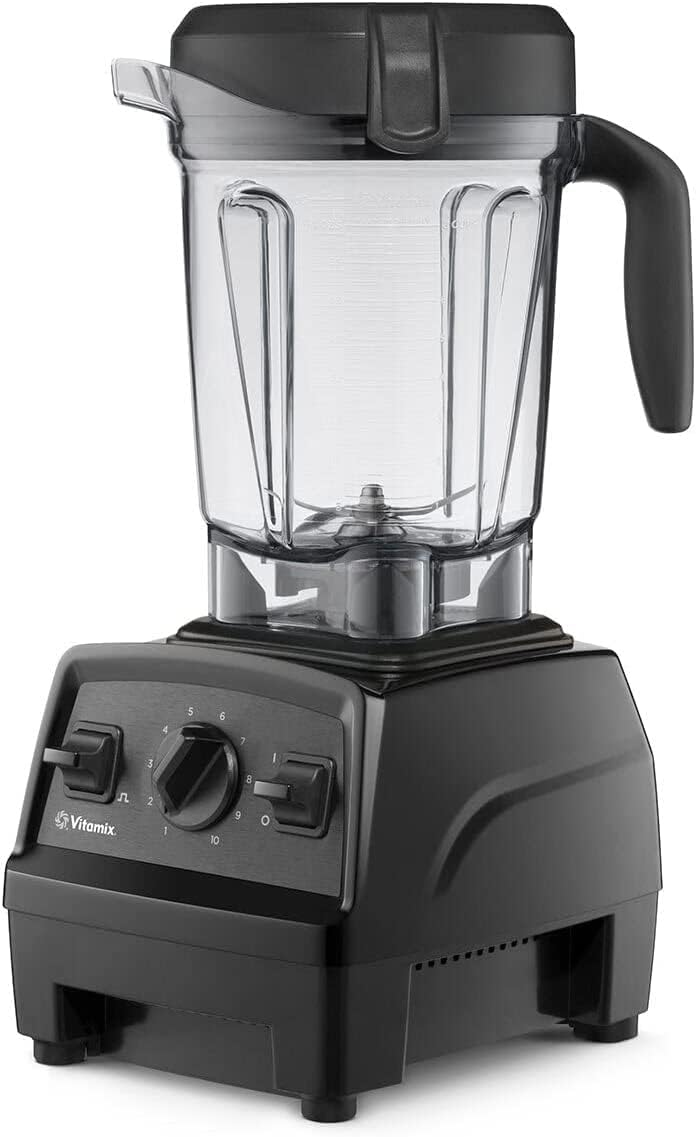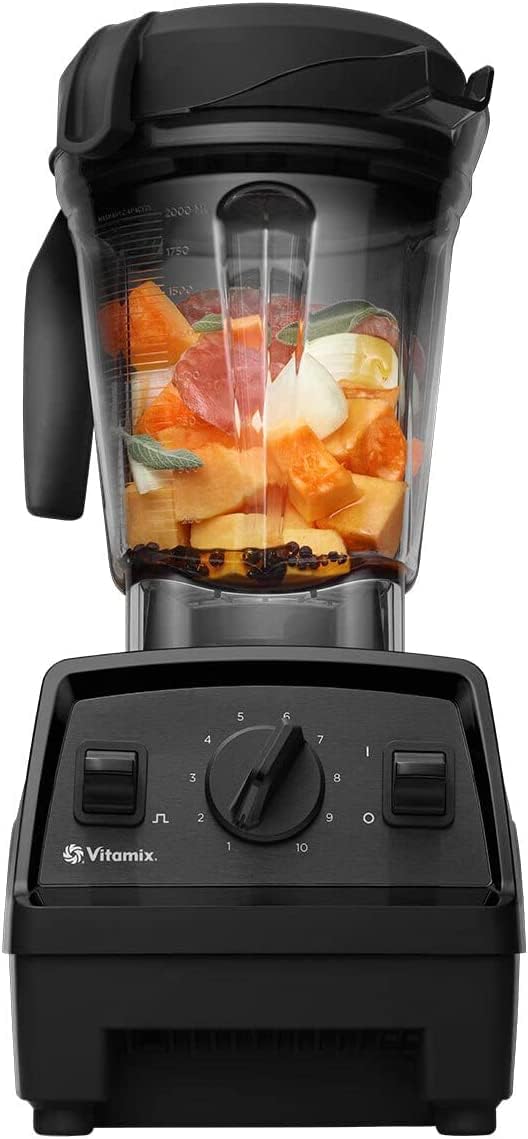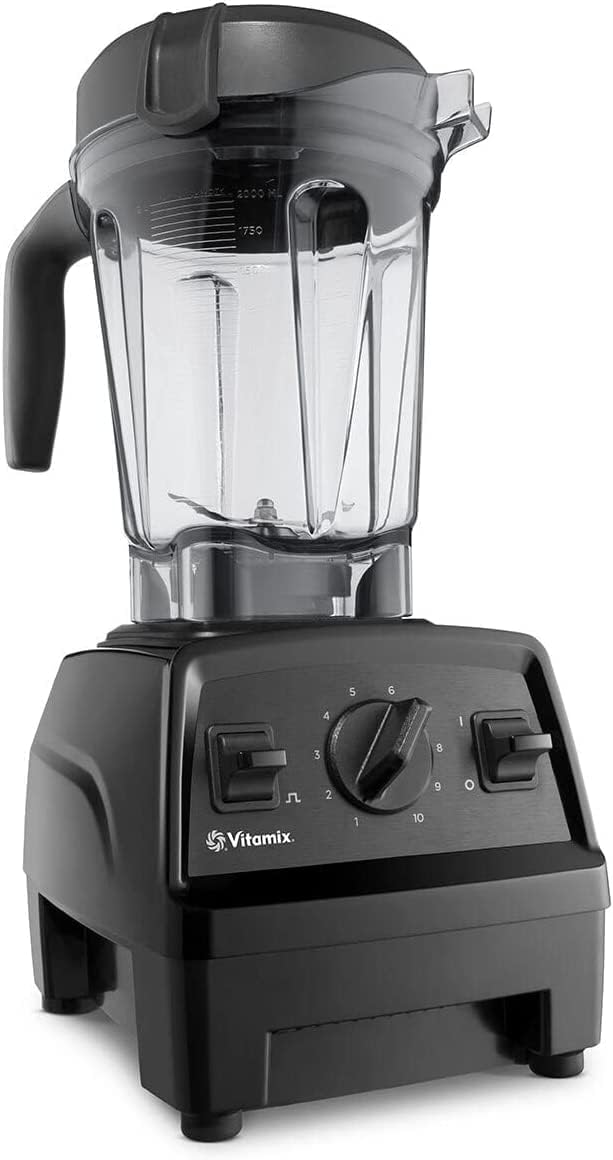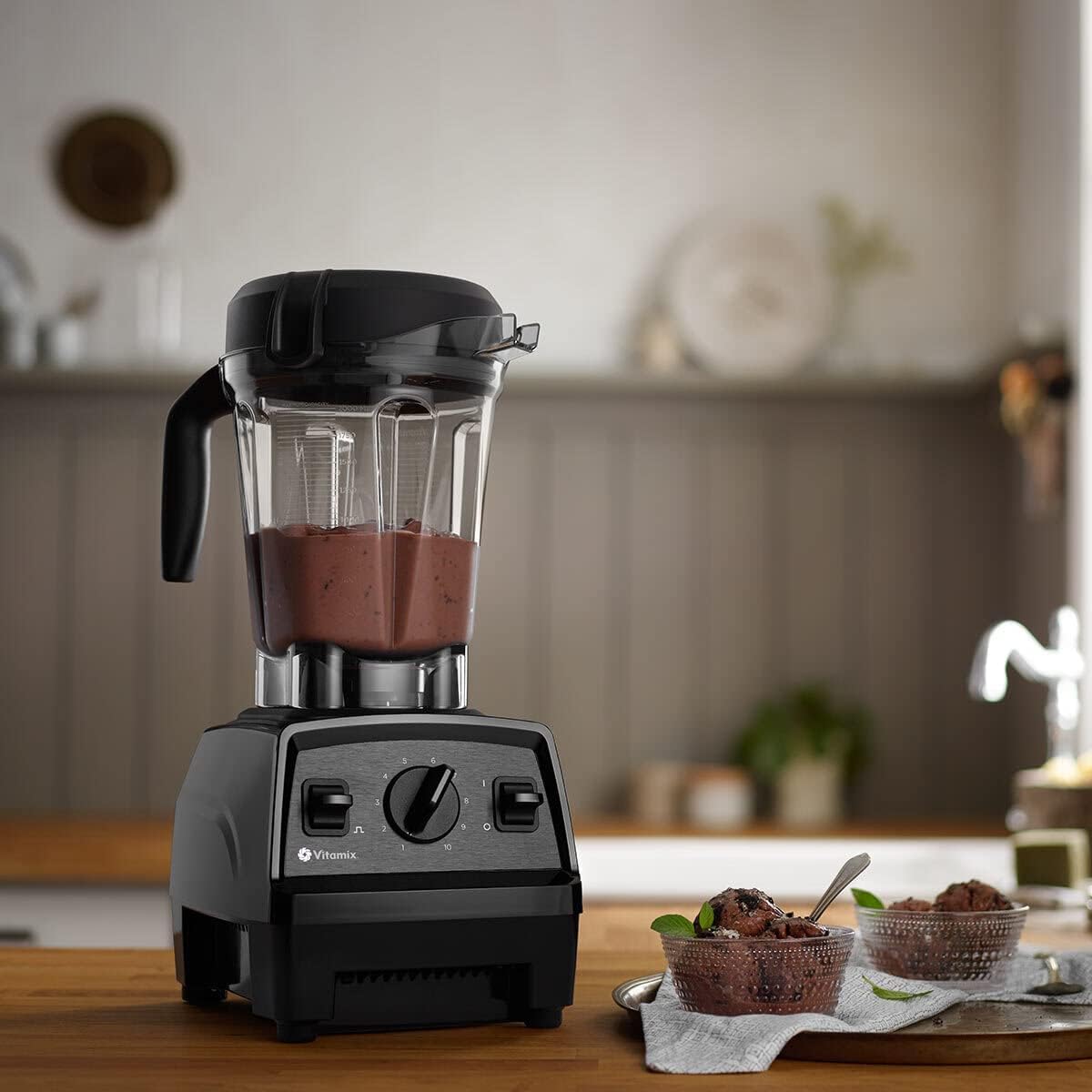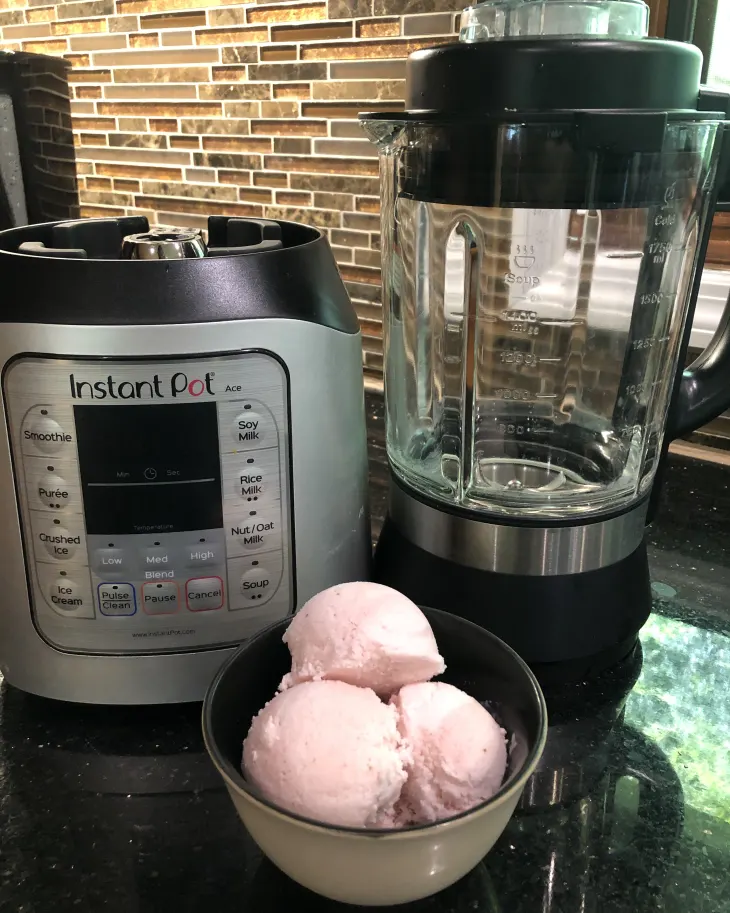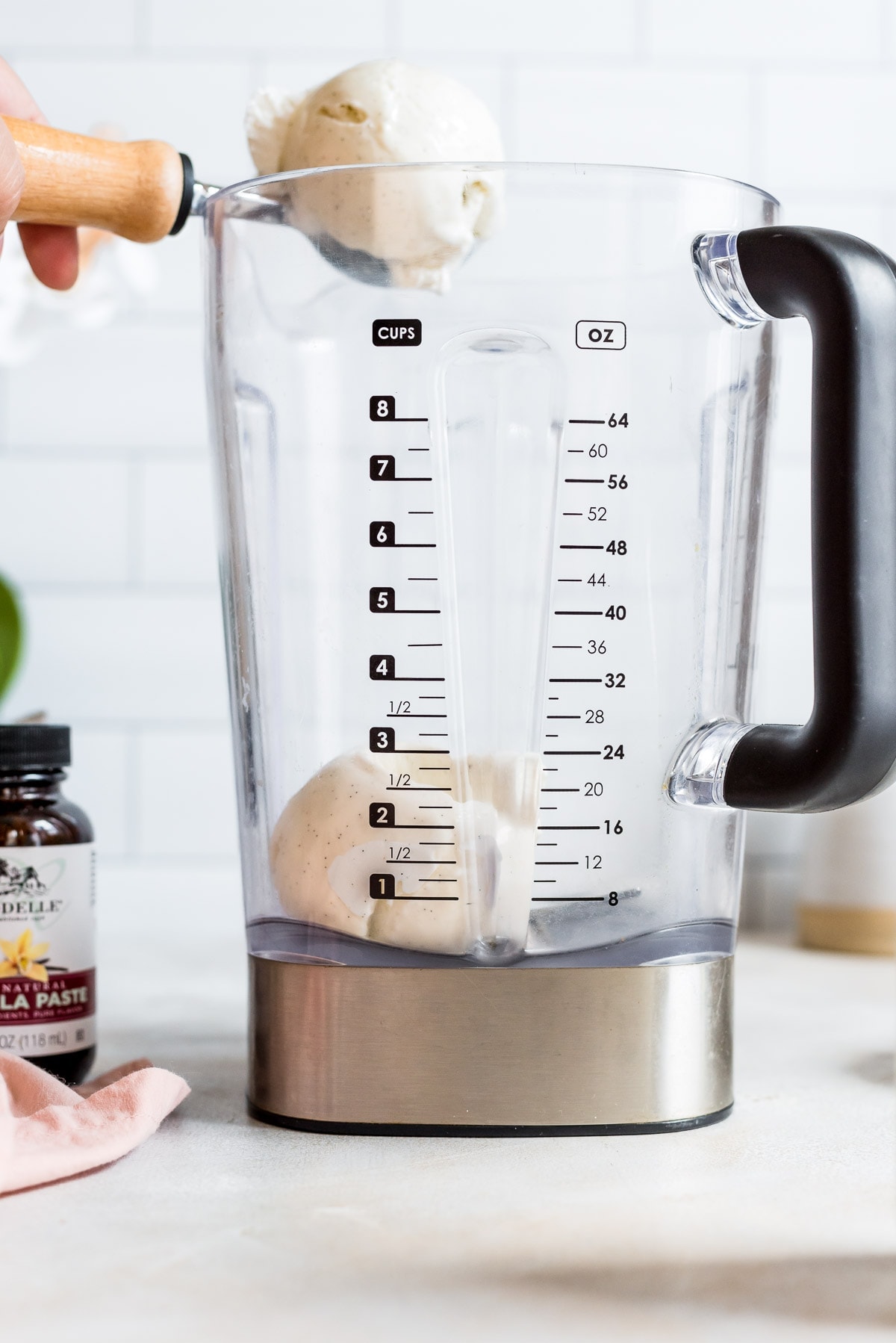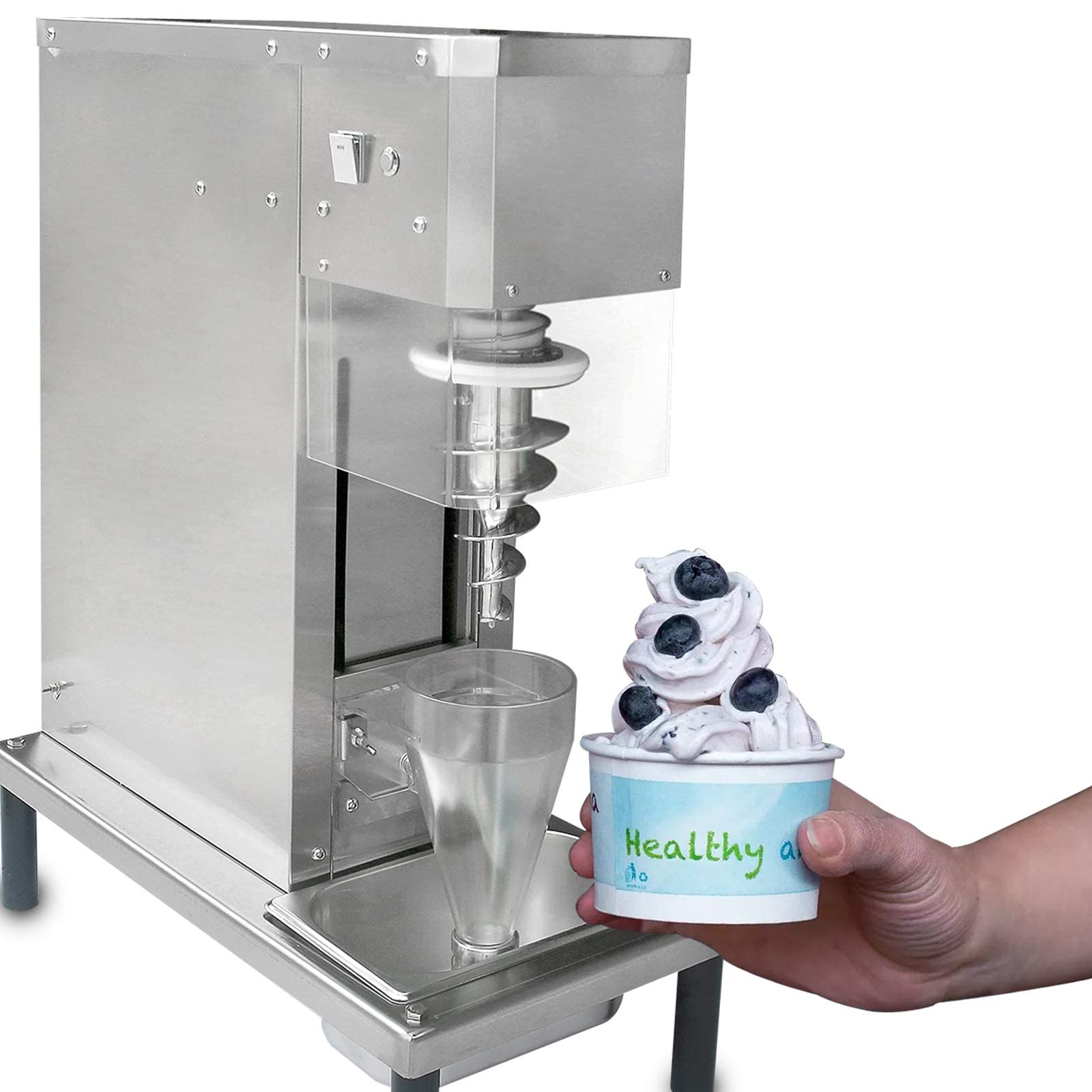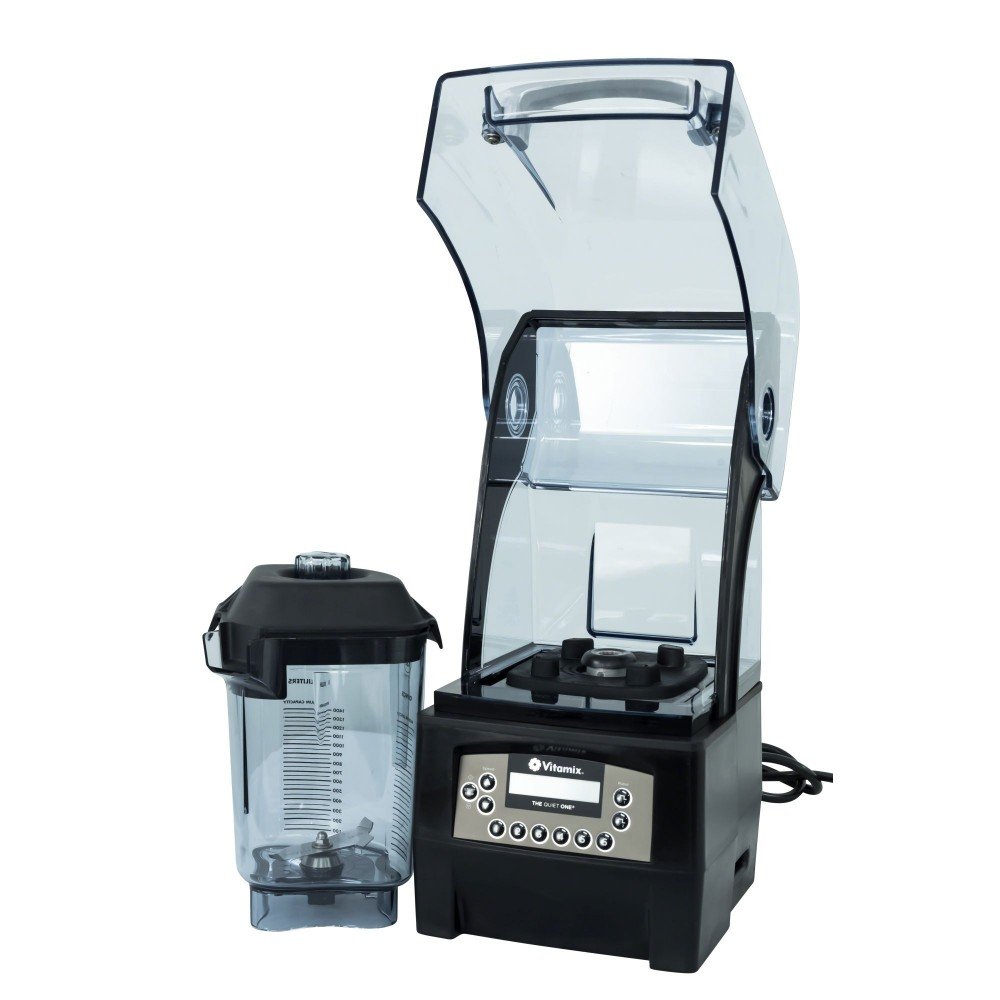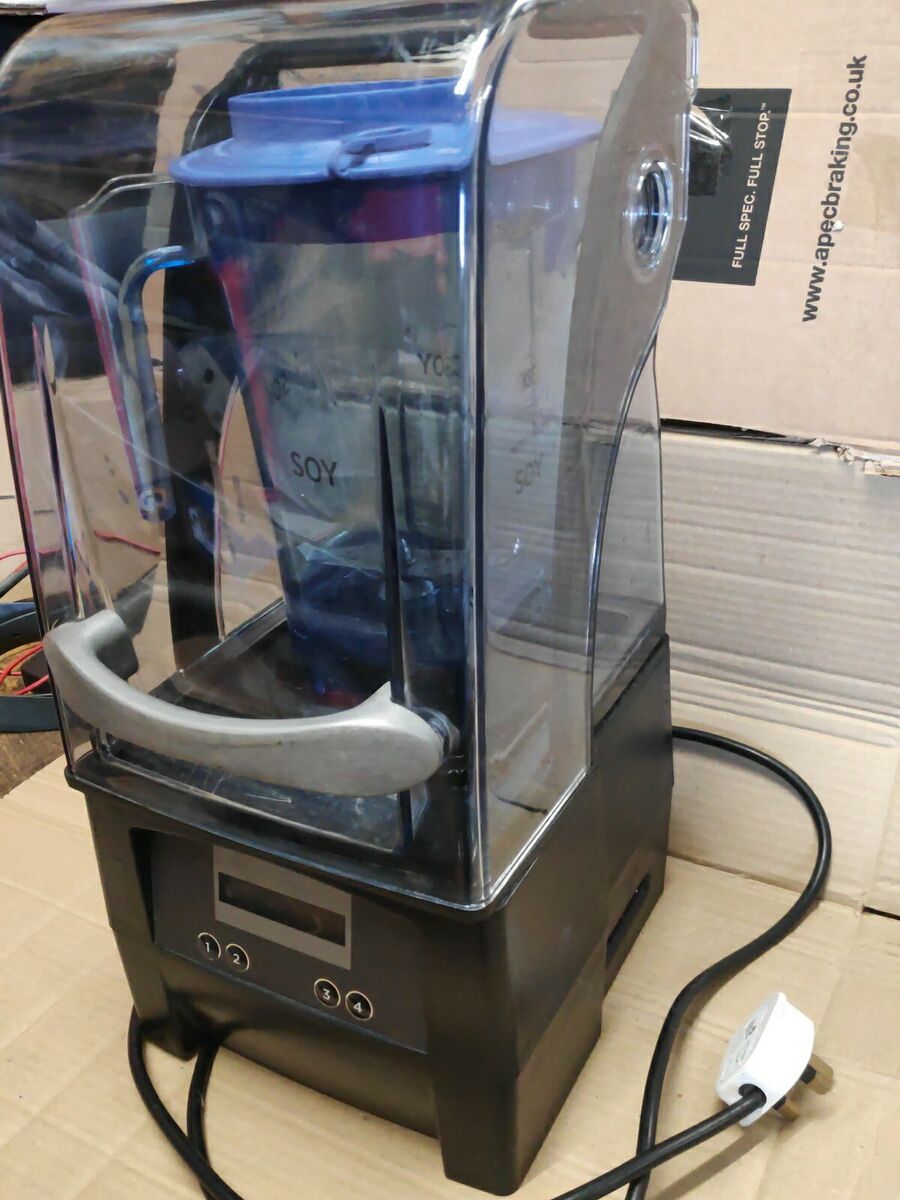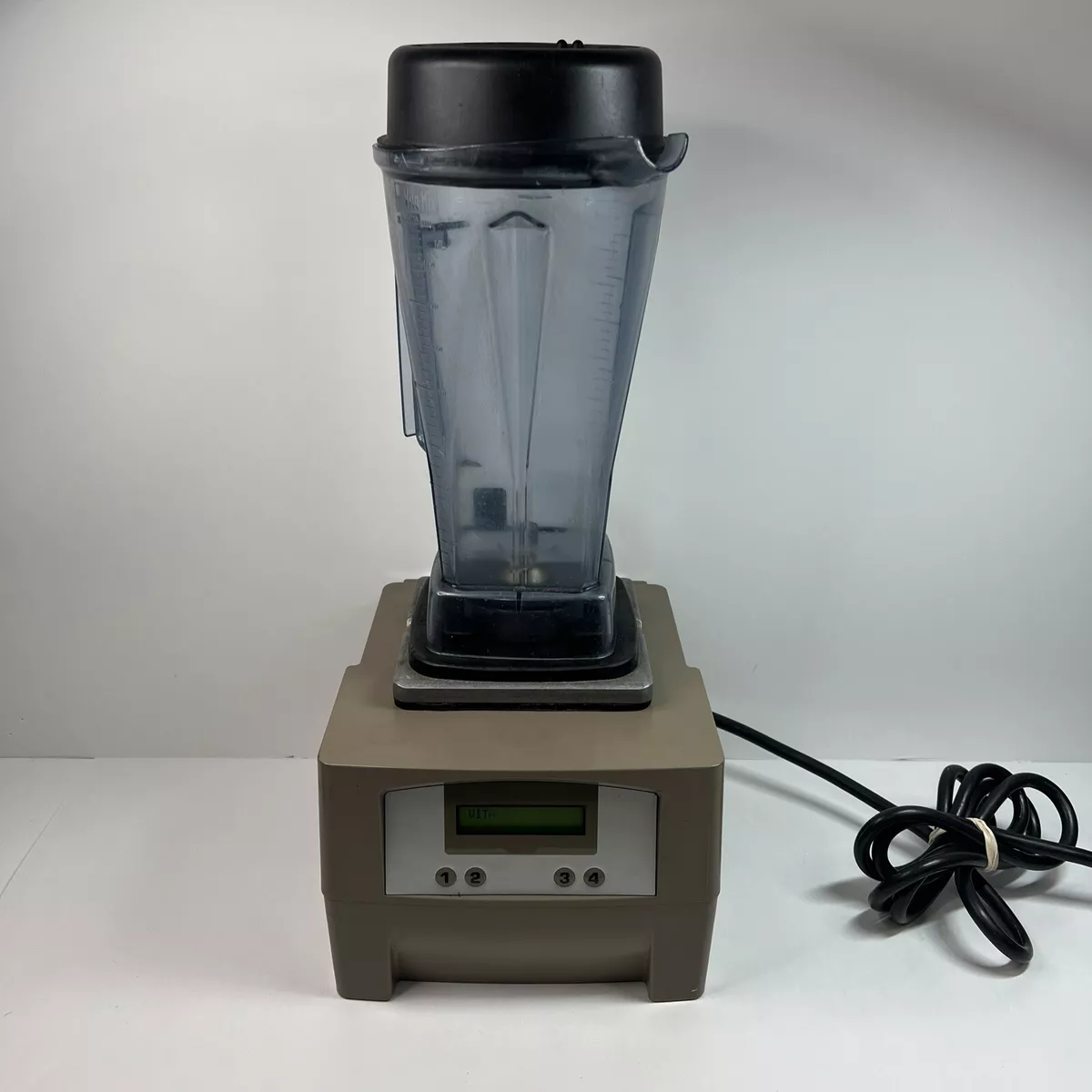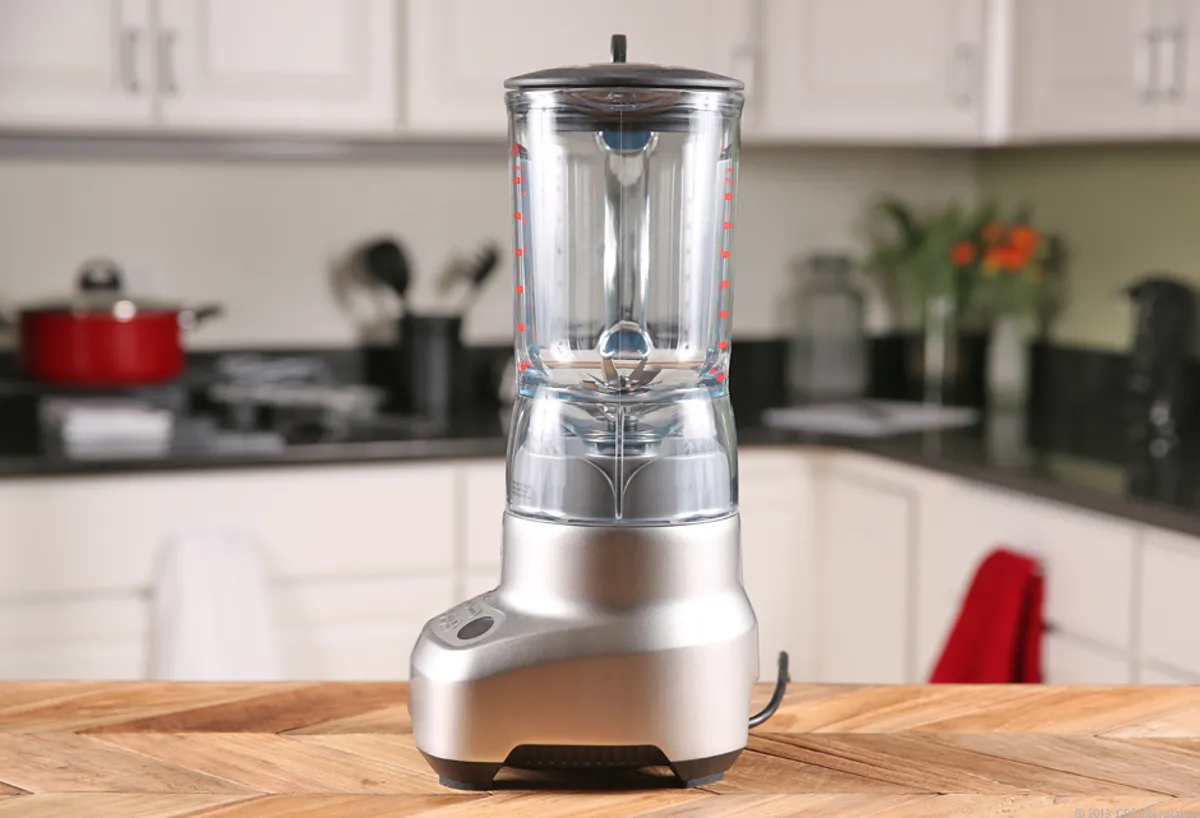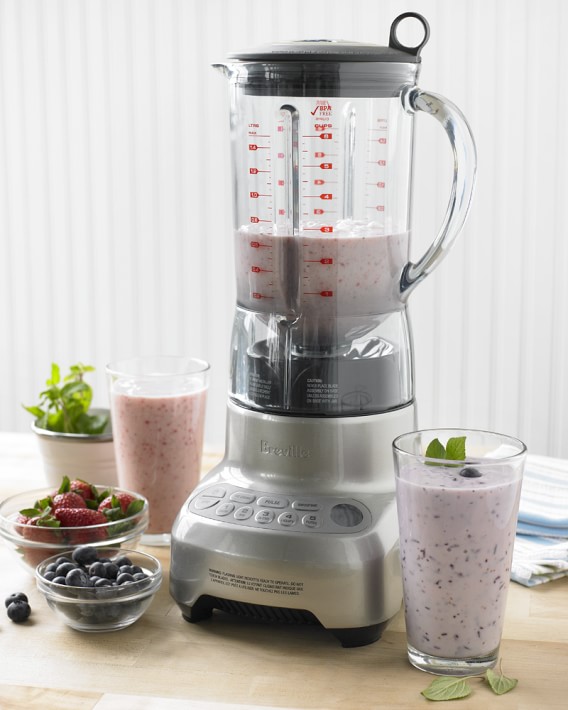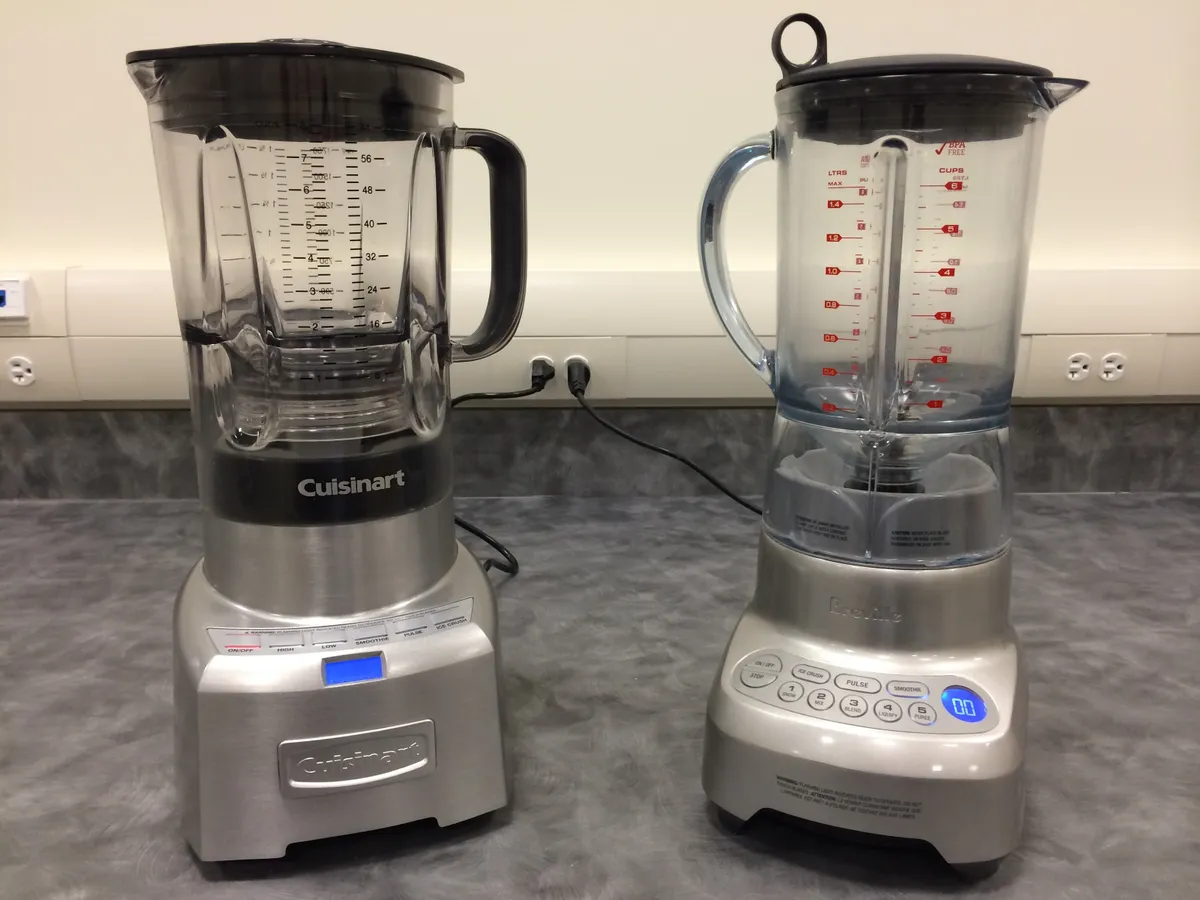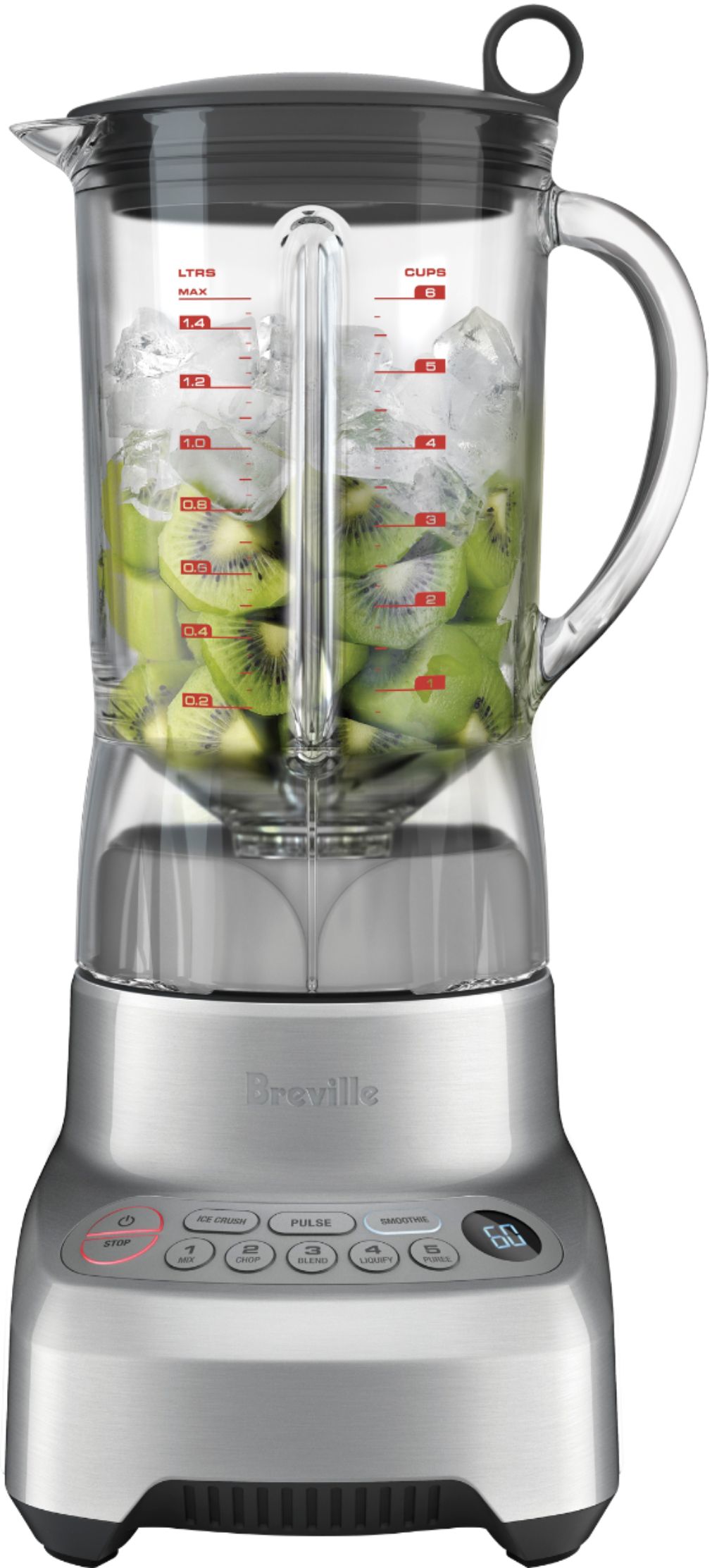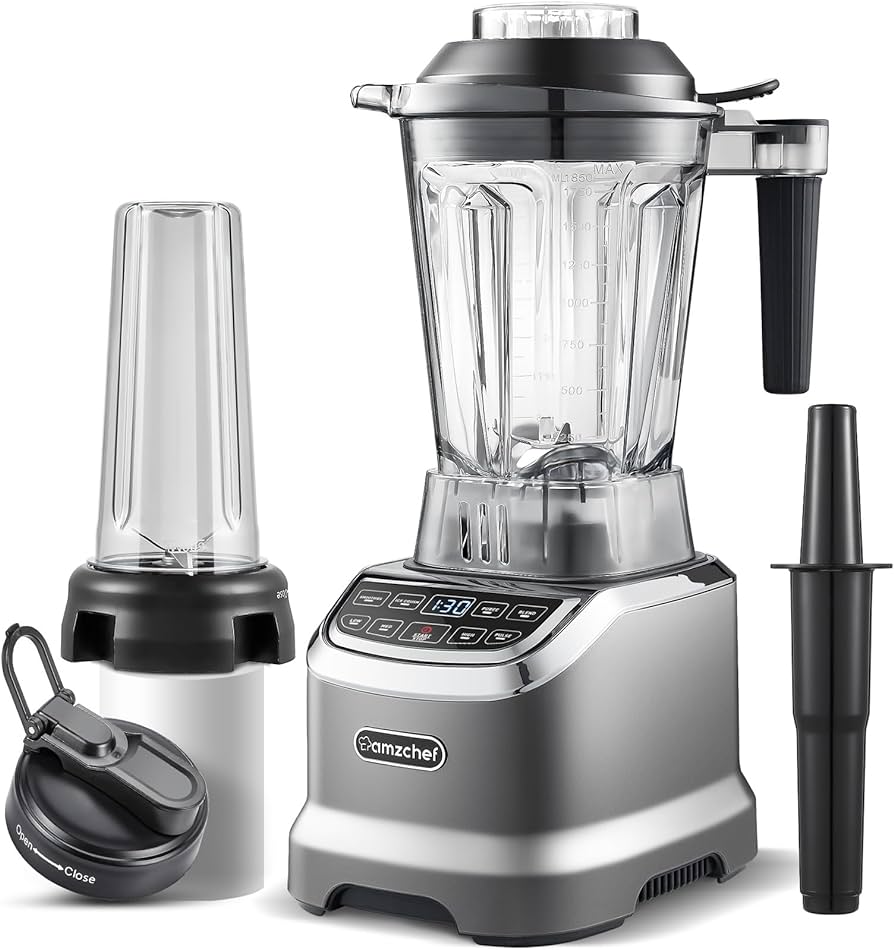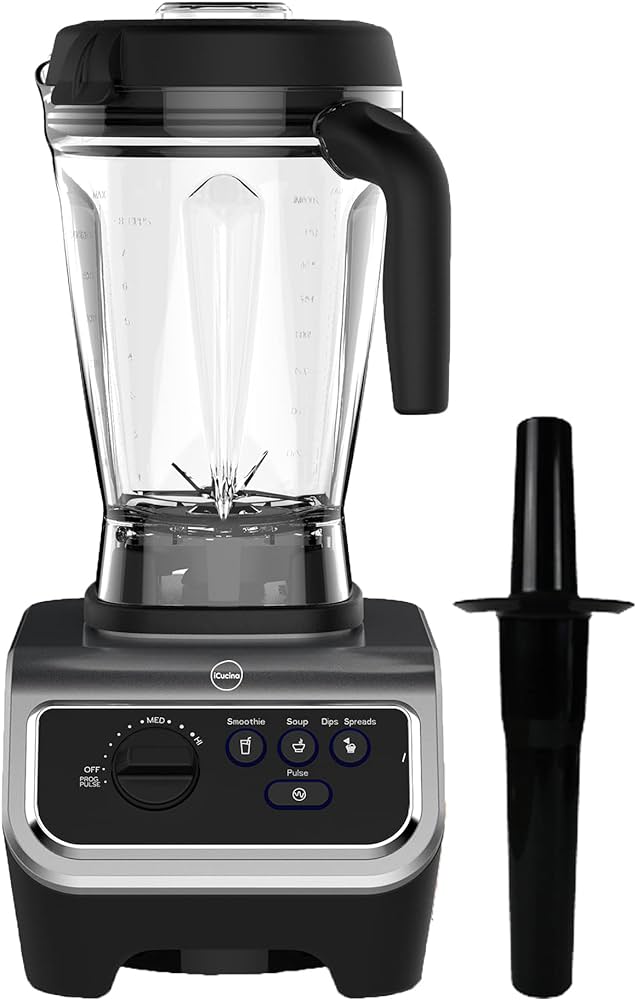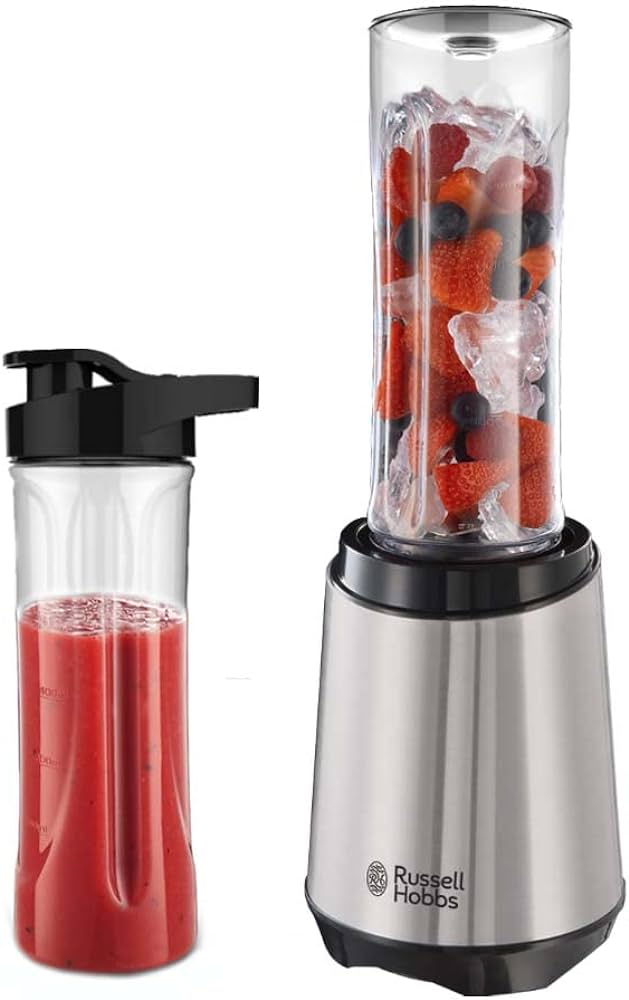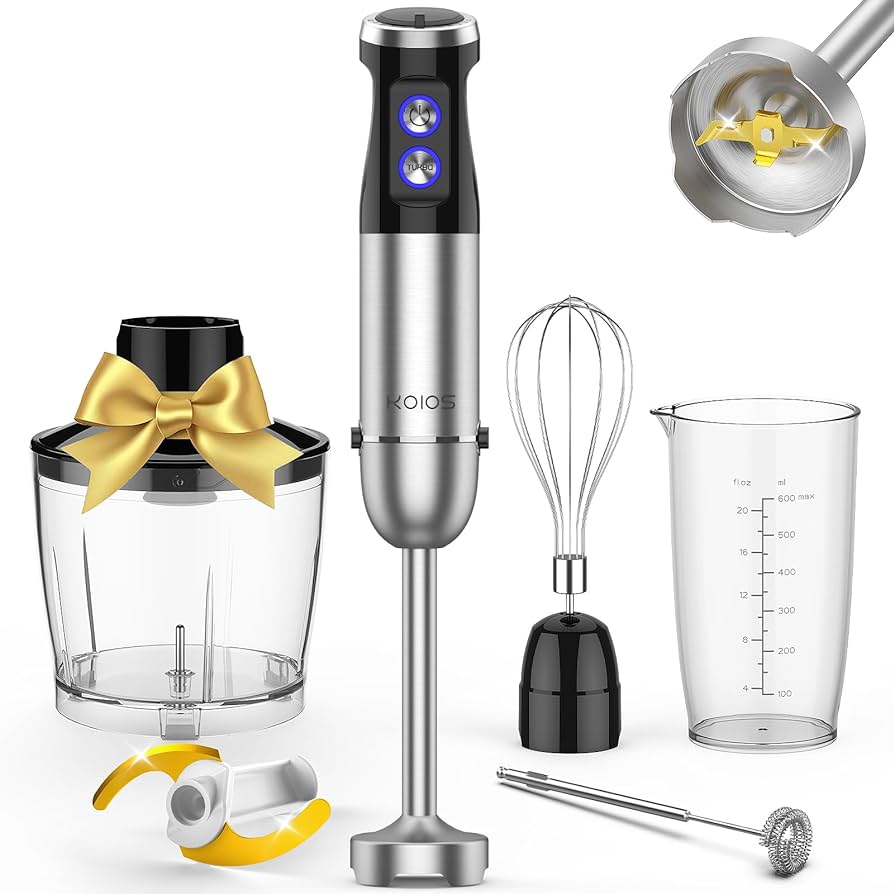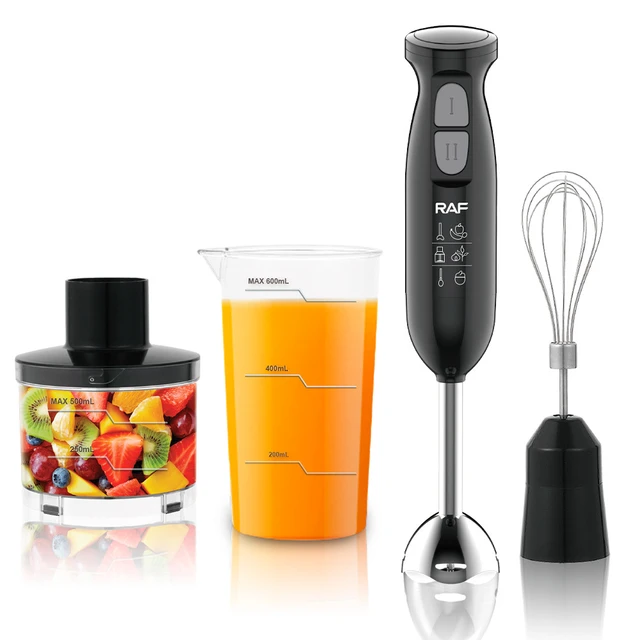
Introduction:
Hand blenders, or immersion blenders, are versatile kitchen tools that can simplify and speed up many culinary tasks. Whether you’re preparing soups, smoothies, or sauces, a hand blender offers precision and ease. This comprehensive guide explores various recipes and techniques to maximize the potential of your hand blender, ensuring delicious results every time.
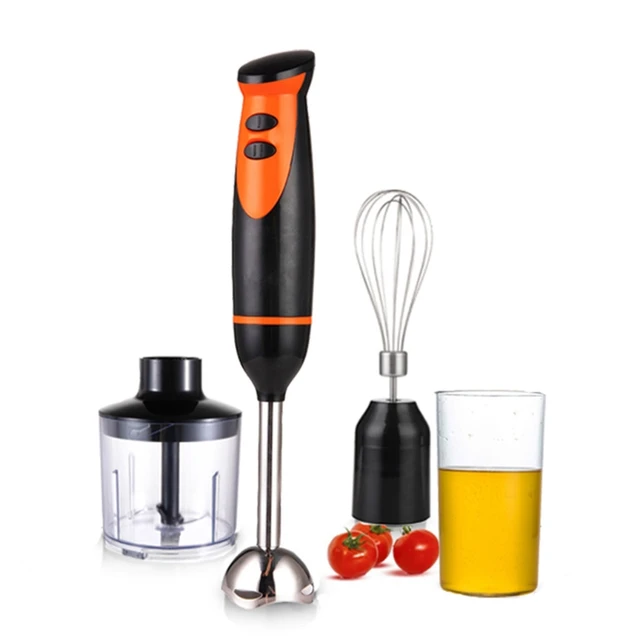
Hand Blender Recipes:
What Delicacies Can You Whip Up with an Immersion Blender?
Creamy Soups:
How Can You Prepare Delicious Homemade Soups?
Soups are one of the best types of dishes to make with a hand blender. They turn out creamy, smooth, and perfect for any season.
Tomato Basil Soup:
Classic Comfort:
Rich Flavor: To prepare tomato basil soup, start by sautéing onions and garlic in a large pot until they are soft and translucent. Add in canned tomatoes (crushed or diced), vegetable broth, and a handful of fresh basil leaves. Season with salt, pepper, and a pinch of sugar.
Blending Process: After the soup has simmered and the flavors have melded, use your hand blender to blend it directly in the pot until smooth. Once blended, stir in a splash of heavy cream for added richness. Serve hot with a drizzle of olive oil and garnished with fresh basil.
Butternut Squash Soup:
Seasonal Delight:
Perfectly Smooth: Roast the butternut squash until tender, then combine it with sautéed onions, garlic, and a bit of grated ginger in a pot. Add vegetable or chicken broth, season with salt and pepper, and let it simmer.
Create a Smooth Texture: Use your hand blender to puree the mixture until creamy and smooth. Add a little cream or coconut milk for a velvety texture. Garnish with a sprinkle of nutmeg and fresh herbs before serving.
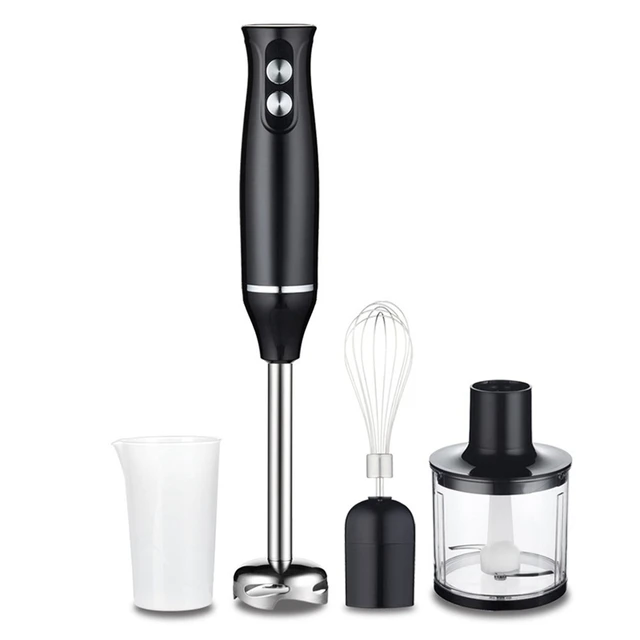
Healthy Smoothies:
What Nutritious Smoothies Can You Make Quickly?
Smoothies are an excellent way to pack in nutrients with minimal effort, and a hand blender makes the process even more straightforward.
Green Detox Smoothie:
Nutrient-Packed:
Fresh Ingredients: To make a green detox smoothie, blend together a handful of spinach, half a cucumber, a small green apple (cored and chopped), a piece of peeled ginger, and a splash of coconut water.
Blending Tips: Start on a low setting and gradually increase the speed until everything is well combined and smooth. Add a few cubes of ice and blend again for a chilled, refreshing drink. Adjust the consistency with more coconut water if needed.
Berry Blast Smoothie:
Antioxidant-Rich:
Mix of Berries: Combine frozen mixed berries (strawberries, blueberries, raspberries), a banana, Greek yogurt, and a splash of almond milk in a tall container.
Achieve a Perfect Blend: Use your hand blender to puree the ingredients until smooth and creamy. For added sweetness, drizzle in a little honey or agave syrup. This smoothie is rich in antioxidants and makes for a delicious, nutritious breakfast or snack.
Savory Sauces:
How Can You Prepare Restaurant-Quality Sauces at Home?
Hand blenders are perfect for making smooth, well-emulsified sauces that can elevate any dish.
Classic Hollandaise Sauce:
Elegant Addition:
Rich and Creamy: To prepare hollandaise sauce, melt butter in a bowl and let it cool slightly. Combine egg yolks, lemon juice, and a pinch of salt in a tall container.
Perfect Emulsion: Use your hand blender to blend the egg yolk mixture while slowly pouring in the melted butter. Continue to blend until the sauce is thick and creamy. This technique ensures a perfect emulsion for a rich, velvety hollandaise sauce, ideal for eggs Benedict or steamed vegetables.
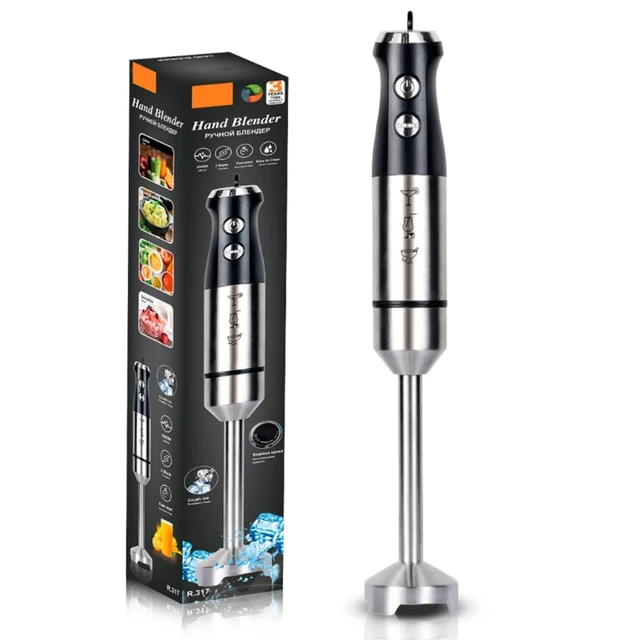
Pesto Sauce:
Fresh and Vibrant:
Herbaceous Flavor: Combine fresh basil leaves, pine nuts, garlic, grated Parmesan cheese, and a pinch of salt in a container. Pour in a generous amount of olive oil.
Effortless Blending: Blend the mixture with your hand blender until smooth and well combined. Adjust the consistency with more olive oil if necessary. This homemade pesto is perfect for pasta, sandwiches, and even as a dip.
Whipped Desserts:
Can You Create Delicious Whipped Treats Easily?
A hand blender excels at making light, airy whipped desserts that are both delicious and easy to prepare.
Whipped Cream:
Fluffy Delight:
Sweet and Simple: Pour cold heavy cream into a chilled mixing bowl. Add sugar and vanilla extract to the cream.
Achieve Perfect Peaks: Blend with your hand blender on a high setting until soft peaks form. This fresh whipped cream is perfect for topping pies, cakes, and hot cocoa.
Chocolate Mousse:
Rich and Decadent:
Creamy Texture: Melt dark chocolate in a bowl and let it cool slightly. Meanwhile, whip heavy cream with your hand blender until it forms stiff peaks.
Fold and Blend: Gently fold the whipped cream into the melted chocolate in batches, using the blender to incorporate until smooth and fluffy. Chill the mousse in the refrigerator for a few hours before serving.
Batter and Dough:
How Can You Simplify Baking with a Hand Blender?
Using a hand blender for baking can streamline the process of making batters and doughs, resulting in consistent and evenly mixed ingredients.
Pancake Batter:
Fluffy and Smooth:
Perfect Texture: Combine flour, baking powder, sugar, and salt in a bowl. In a separate container, mix milk, eggs, and melted butter.
Effortless Mixing: Pour the wet ingredients into the dry ingredients and use your hand blender to mix until just combined. This method ensures a smooth, lump-free batter for fluffy pancakes every time.
Bread Dough:
Rich and Tasty:
Easy Preparation: To prepare bread dough, dissolve yeast and sugar in warm water. In a large bowl, combine flour and salt, then gradually add the yeast mixture.
Thorough Incorporation: Use your hand blender with a dough hook attachment to knead the dough until it’s smooth and elastic. Allow it to rise before shaping and baking. This technique simplifies the bread-making process, making it more accessible for home bakers.
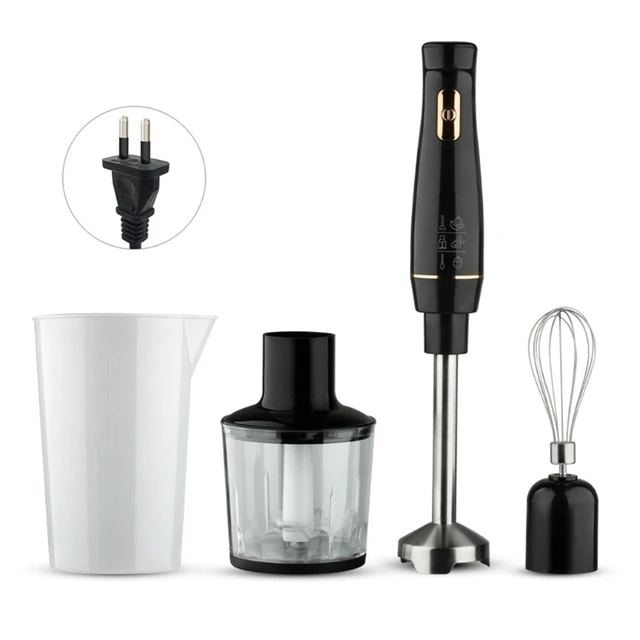
Healthy Nut Butters:
How Can You Make Homemade Nut Butters?
Making nut butters at home allows you to control the ingredients and achieve the perfect consistency.
Peanut Butter:
Simple and Natural:
Start with Roasted Nuts: Place roasted peanuts and a pinch of salt in a tall container. Add a small amount of peanut oil if you prefer a smoother consistency.
Achieve Creaminess: Blend with your hand blender until creamy and smooth. Stop occasionally to scrape down the sides and ensure even blending. Fresh homemade peanut butter is perfect for spreads, baking, and adding to smoothies.
Almond Butter:
Nutritious and Delicious:
Roasted and Slightly Salted: Combine roasted almonds with a pinch of salt in a container. Optionally, add a bit of honey or maple syrup for sweetness.
Consistent Blending: Blend until smooth and creamy, stopping to scrape the sides as needed. It might take a few minutes to achieve the desired consistency, but the result is a rich and healthy almond butter perfect for snacks and recipes.
Smooth Hummus:
How Can You Achieve Restaurant-Quality Hummus at Home?
Hummus is a versatile dip that you can easily make at home using your hand blender.
Classic Hummus:
Creamy and Flavorful:
Basic Ingredients: Drain and rinse a can of chickpeas. Combine them with tahini, olive oil, lemon juice, garlic, cumin, and a splash of water in a tall container.
Perfect Blend: Blend until smooth and creamy, adjusting the consistency with more water or olive oil as needed. Season with salt to taste. This method ensures creamy, restaurant-quality hummus every time.
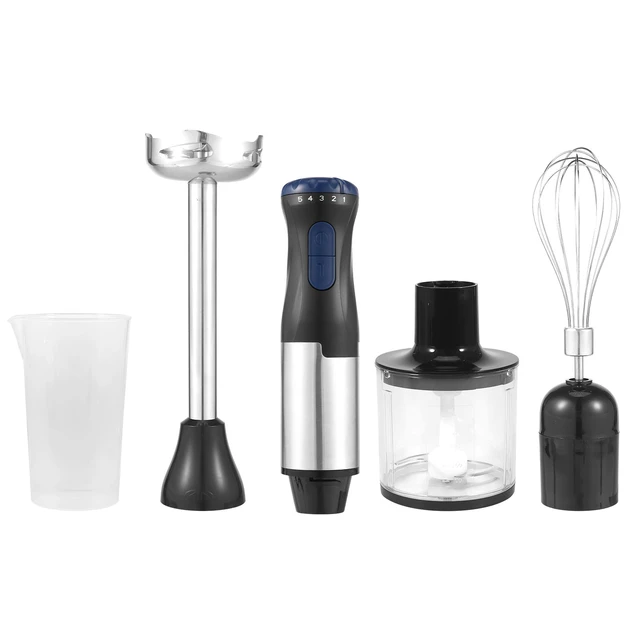
Roasted Red Pepper Hummus:
Extra Flavor:
Added Ingredients: To make roasted red pepper hummus, follow the same process as the classic hummus but add roasted red peppers to the mixture before blending.
Enhanced Taste: The addition of roasted red peppers brings a sweet and smoky flavor to the hummus. Blend until smooth, adjusting seasoning as necessary.
Baby Food:
How Can You Prepare Nutritious and Gentle Baby Foods?
A hand blender is perfect for creating smooth, easily digestible foods for babies.
Carrot Puree:
Nutritious and Gentle:
Cooked to Perfection: Steam or boil carrots until they are soft and tender. Place the cooked carrots and a little of the cooking water in a container.
Smooth and Consistent: Blend until smooth and creamy. This homemade carrot puree is nutritious and free from additives, making it perfect for babies.
Apple Sauce:
Sweet and Healthy:
Simple Preparation: Peel, core, and slice apples. Cook them with a little water until tender.
Natural Sweetness: Use your hand blender to puree the cooked apples to a smooth consistency. Homemade apple sauce is a healthy and natural alternative to store-bought varieties.
Conclusion
A hand blender is an incredibly versatile tool that simplifies the preparation of various delicious and nutritious recipes. From creamy soups and smoothies to savory sauces and whipped desserts, the possibilities are endless. Proper use of this handy kitchen gadget ensures consistent results, making it easier and quicker to prepare meals and snacks. By following the recipes and techniques outlined in this guide, you can maximize the potential of your hand blender and enjoy a wide array of culinary creations in your own home.



